|
I began dancing professionally in 2010 so it was surreal as 2019 ended to think that it has been a full decade for me of dancing professionally. So much has happened in the last 10 years. Here are some highlights: Click the comparison photos for captions: One of my favorite parts of this last decade was studying music with friends. During the decade before this one some friends and I started a study group for Arabic and Turkish music. Then during the early part of this decade the study group became a band called Manavi. We hosted haflas, did performances, we even recorded a few tracks in the recording studio! One of my favorite shows from this decade was Otherworld in 2012- a collaboration between Manavi and SHOW Circus Studio. It featured dance acts and circus acts, all performed to live music. It was a theatrical show with a narrative and characters and it was so much fun! This was my first sword performance and you can probably tell from some of the photos that I was terrified, but it is still a very fond memory. So many of my dear friends were in this show and it was lovely that we all got to perform together. The early years of this decade were a wild ride as I got my classes started, working on studying, and tried to get used to being asked to headline shows. The first three pictures here were taken by @stevewollkind. They are from when I was asked to headline a show in Boston. The next two were taken by Paul Jones and are from the Clarion back when it was a monthly venue in Western MA. Later it would be where I hosted my own shows. The Dancing into the Dark and Dancing into the Light student shows began in 2011. In 2010 my students were invited to dance at the student shows that my friend Sanaa of LifeDance Productions ran. And for the first year or two after DitD/DitL started my students danced at both her shows and those. Here are some photos from Sanaa's shows. The first photo is the instructors from one of the shows (Sanaa is on the right in the first photo, she recently retired from dancing, Felicia pass on the left), the others are my students. Dancing into the Dark and Dancing into the Light have been going since 2011. They were originally started by Chaya, Jericha, and I (last photo). Over the years Jericha moved to the west coast and Chaya stopped teaching dance. Occasionally guest teachers had students who performed in the show- Asherah who took over Chaya's classes, Krista, and my students who turned pro- Lisa, Aralia, and Avienn. Now I have the shows for just my students since I needed to scale the shows back to being much much smaller than they used to be so that I can also concentrate on other parts of my life. Here are just a small number of my incredible students who have performed over the years. I think all of these photos are by Paul Jones, Huong Phan, and Ashley Elizabeth. There is so much more that happened in 10 years than I can fit in a blog post. Not all of it was always fun and shiny. There was harassment, bullying, anxiety, and economic issues,. There are also big problems with racism, colonialism, and orientalism amongst dancers from the US and Europe. All of these need to be addressed and I am planning to add more discussion of these issues in classes this year. As a white woman not from any of the cultures of origin for bellydance I am a guest in these dance styles. The last few years this has led me to get more involved in activist work, which I had put aside for many years, to advocate against imperialism broad and discrimination locally. I look forward to continuing this work.
I am honored by everyone who has welcomed me in to their homes to dance at their parties, all of the musicians whose music I have had the joy of dancing to, and the students who allow me to teach and share my love of the music, movement, and cultures that inspire me so much. I am grateful for all of the people I have met and friendships I have made along the way in this journey. Thank you all.
1 Comment
A guest blog by Aymee Sirenia! According to Noha Roushdy, belly dance “consists of an improvised pattern of bodily movements that heavily rely on the controlled movement of isolated body parts, particularly through the shaking and vibrating of the upper body and the sides and on slow and rapid whirls.” (1) I presume that when most people think about belly dance, they conjure up the image of a feminine figure with a sensuous womanly presence. However, while the Western mind has set up many expectations for this Middle Eastern dance, Roushdy's description is not gendered, or even distinctly feminine. As a dancer whose gender lies outside of the binary, my gender presentation and expectations are constantly challenged. So, when I was tasked with a belly dance history project, for a lecture intensive taught by Amity Alize of Raq-On Studio, I put together topics I think about most: belly rolls and gender roles! Specifically, what is the history of gender in this dance? How does gender relate to belly dance? Where do I fit in the narrative? Without getting too deep into gender theory, there are a few facts to clarify before exploring how gender intersects with belly dance. First, the concept of gender in the Western world is a socially constructed binary (men/masculine on one end, woman/feminine on the other). In reality, there are many options for gender, creating a spectrum or nebula that includes identities with combinations of masculine, feminine, both or neither. Also, the research I found is primarily about cisgender bodies. History has an unfortunate habit of erasing the stories of trans folks – I hope to continue researching and to find their voices before history completely ignores them. With that in mind, the terms men and male are referring to cismen, and women and female to ciswomen, unless otherwise specified. Men and Boys in the History of Belly Dance Let's start with the masculine end of the gender spectrum. Throughout Turkish and Egyptian history, men and boys performed dances that, while not what we consider 'belly dance' today, are the folk predecessors of the technique (2,3). In the Ottoman Empire, boys known as the Kochek (or Köçek), dressed in drag – presented as female – and performed street dances, particularly for a male audience. The Kochek, who entertained soldiers and wealthy men, were also associated with prostitution. When the empire decided to tidy up its image and outlaw this entertainment, it is thought that the Kochek may have traveled to Egypt, where the reconstruction and 'modernization' (a.k.a. Westernization) of the country brought a different group of soldiers and wealthy men to be entertained. Around the same time, female street dancers and entertainers called the Ghawazee were similarly banished from Cairo (2). To fill that void, the Kochek became the dancing boys of Egypt, or the Khawal*. The Khawal based much of their routines on the local Ghawazee style, and wore androgynous garb.
*Note about the word khawal: according to Oumnia Abaza in “‘Ana Gay’: Coming to Terms with Male Gayness in Egypt,” the word is now considered a derogatory term for a gay man in Egypt (3). Use it knowledgeably and appropriately. I have not yet delved into the etymology of khawal, and it would be fascinating to know how and when the common definition and usage came to be. Does the modern meaning of the word come from the dancing boys of Cairo?? Colonizing, Islam, and Modesty As the West modernized/colonized the East, stories from colonizers who returned home glossed over the fact that the street dancers were boys dressed like girls. So, the foreign images these men brought home were of women, and to capitalize on foreign expectations, women were eventually expected to perform for men – specifically white tourist men. According to Öykü Potuoğlu-Cook in “Beyond the Glitter: Belly Dance and Neoliberal Gentrification in Istanbul,” belly dancing in Turkey is a story of female bodies, gentrification, and tourism (5). By the 1990s, restaurants commonly put dancers bodies on display in an effort to capitalize on tourists' desire for a tantalizing and unusual neo-Ottoman scene. Ironically, the dancers and the costumes played to what was expected – exotic glitter, sensual motion – as opposed to what traditional dance actually looked like (5). While the public display of the dance was geared toward foreigners, it was still part of reality in the Middle East. Therefore, it makes sense that the common religion of the region will impact the life of the dance. Islam, like all religions, is practiced in many different ways, and its discourse has a myriad of interpretations. The ideas and interpretations effect governance and daily life of the genders, and how people present themselves to the world (5). For women in this region, modesty is a key consideration in their daily life, and is a societal boundary to be reckoned with when dancing (5, 6, 7, 8). In Egypt, for example, dancers' bodies have been governed in various ways. In the 1960s, all female dancers needed a license, a chaperone, and a belly cover. Dancers were also expected to submit to STI testing (though this could be avoided with a bribe or a particularly scary man friend) (1). Costume example of the mandated belly cover, and example of impeccable dancing from Soheir Zaki. As for the audience, “although religious ideology affects peoples' ideas about the entertainment profession, it usually does not affect their behaviour,” according to Karin van Nieuwkerk (6). In other words, people will watch dancers, even if they do not wish to associate with them. Permissibility of the dancer is determined by effort put into the skill, and the venue. For instance, being a professional is not respected, but casual dancing among female relatives at a family function is common. If you are a professional dancer, performing at a wedding or other respectable function is better regarded than performing in a nightclub serving alcohol (6). As Andrea Deagon puts it in “Feminism and Belly Dance,” “The dancer is in violation of society’s norms: a woman who takes on a public voice, who speaks through her body rather than hiding it, who brings sensuality and complexity into their homes and restaurants.” (7) This paradox of aesthetic expectations and the culture of modesty eventually led to foreign women being welcomed to dance for locals. Being an outsider was, and sometimes still is, an asset to dancers. Now, that is a very intense and important story of romanticized Orientalism, Western influence, and privilege; a story that deserves a closer look and understanding. However, that is a whole 'other blog! Male and Female Bodies Now let's compare double standards of male versus female bodies in a patriarchal society! Sounds so fun, yeah? In a society dominated by men, a man's body has multiple dimensions – it can be authoritative, creative, or productive, for example. It can also be sexual, but solely in the presence of a female body. Women, on the other hand, tend to be perceived as sexual beings above all else, and especially when in a male occupied space (6). Therefore, if a man is dancing, his “dancing male body is performing a job, [but] a dancing female body is moving sexual instincts.”(6). However, this doesn't mean there are no consequences for male dancers. In Egypt, if a man is too feminine, breaking social codes can negatively impact relationships with family and friends, as well as spurn threats from the state (3). It is a fine line between being a man who is a dancer, and being a man who is too much like a woman.
In addition to the exposure of potentially scandalous body parts, this is a Middle Eastern/North African dance – and that is extra scary to white morality. A white woman dancing in this style is an actor taking the control of her body away from the man watching her; however, a woman of color dancing in this style is an object to be controlled by the man watching her (8). Sounds a little like … colonialism. Again, a very important issue to consider! Moving Beyond The Femme In the U.S., challenging gender and considering its variations are a little more culturally acceptable. However, male dancers, openly nonbinary, and gender queer dancers are still decidedly in the minority. While being on stage can be “a subjunctive space where alternate realities can be projected” and gender presentations and expectations can be thwarted or enhanced (9), to “show some degree of femininity, genderqueer identity, or even just stress traditionally feminine moves with no other intention, it’s still next to impossible to get over the historical baggage and assumptions about belly dancing that many of people have” (10). In other words, if your gender is not 'woman', but you dance like one, the audience may be confused, because only women belly dance (right?) (3,9,10). Which begs the delicious question posed by Andrea Deagon: “Is it [belly dance] only feminine as the patriarchy defines it?” Our beliefs of what is masculine and what is feminine are not universal, and to say they are is to buy into an oppressor's message of what is acceptable. What moves are feminine? What moves are masculine? Who decides that? If we stick to the definitions of feminine and masculine as expressed by the binary, we would severely limit the creative and human capacities of all people. We would close off options of exploration, both of the world and of self. We would continue to allow the dancer to be exposed, but to let their story remain unheard (7). Adhering to the all-or-nothing binary diminishes the rights of dancers to own and maintain their identity while expanding the possibilities of improvement, adventure, and creation. Kamrah is a transmasculine dancer based in the U.S. They perform fusion and traditional styles of belly dance, and are one of my biggest inspirations in dance. What does this mean? According to Aymee How do all these threads tie up into the hipscarf? Where do I, the long winded author of this post, fit into the history of belly dance when I am not a woman or a man? Does it matter where, or if I fit in? From what I have presented here, it appears that for a body to engage in belly dance is to subvert authority and expectations, whether it be religious or cultural, especially if that body is of a female/femme presentation. Ergo, to dance in a genderless or genderqueer body is to thwart expectations and norms on intersecting levels (whether or not that body will be safe, physically, mentally, or socially, is an entirely different, but essential, question, however). “Belly dance, [is] historically a morally and economically suspect profession,” according to Öykü Potuoğlu-Cook (5). To be a belly dancer, regardless of binary gender or lack thereof, is to take up space in a manner that threatens the status quo (the patriarchy), and that's why people get weird about it. Disclaimer: Being American (however fraught an identity that is right now), I am aware of Western ideas of belly dance, and that of gender. I will not try to put any of these thoughts on the culture and lived lives of the Middle East – it is essential to recognize that the differences exist, and to acknowledge that I lack a deeper understanding of these topics in a foreign land. Author Bio Aymee Sirenia is based in the Upper Pioneer Valley of Western Massachusetts. A student of Sahina, they study traditional Turkish and Egyptian style, while also exploring the fusion world in an effort to create their own signature pizazz. They strive to create, and contribute to, spaces where all beings can feel safe, acknowledged, and valid, and allowed access to all the glitter they could ever want. Also, I'm seriously out of practice when it comes to the proper way to cite my sources – if I erred, let me know! Also also, the cited works are not my entire bibliography, provided upon request. Works Cited
1. Roushdy, Noha. “Baladi as Performance: Gender and Dance in Modern Egypt.” Surfacing: An Interdisciplinary Journal for Gender in the Global South, Edited by Azita Azargoshasb, vol. 3, no. 1, Aug. 2010, pp. 71–99. 2. Shira. “Cross-Dressing in Middle Eastern Dance.” All About Belly Dancing!, http://www.shira.net/cross-dress.htm. This article originally appeared on the Suite101 web site, in the Middle Eastern Dance category, on June 29, 2001. 3. Abaza, Oumnia. “‘Ana Gay’: Coming to Terms with Male Gayness in Egypt.” Surfacing: An Interdisciplinary Journal for Gender in the Global South, Edited by Azita Azargoshasb, vol. 3, no. 1, Aug. 2010, pp. 100–122. 4. Shira. “Scenes from Turkey: The ‘Real’ Turkish ‘Belly’ Dance.” All About Belly Dancing!, www.shira.net/culture/gobek-dansi.htm. Accessed December 2017 5. Potuoğlu-Cook, Öykü. “Beyond the Glitter: Belly Dance and Neoliberal Gentrification in Istanbul.” Cultural Anthropology, vol. 21, no. 4, Nov. 2006, pp. 633–660., www.jstor.org/stable/4124725. Accessed 30 December 2017 6. van Nieuwkerk, Karin. "An Hour for God and an Hour for the Heart": Islam, Gender and Female Entertainment in Egypt. University of Maryland, Baltimore County , 14 Oct. 1998, www.umbc.edu/MA/index/number3/nieuwkerk/karin_0.htm. The start of the new year (or any other time!) is a great time to commit to switching over to a new way of approaching shopping for beauty products! Nowadays it is easy to find products that will make you look great on stage and avoid animal testing or animal-derived ingredients. I wanted to write this blog as a guide to help you find ways of converting your makeup to be free of products that cause harm to animals and to help people who already shop for these types of makeup products to discover new brands.
1) Sorting out the Terminology Vegan makeup and cruelty free makeup are not synonyms. Cruelty free makeup refers to makeup that has not been tested on animals. Often this means that the finished product was not tested on animals, but the constituent ingredients making up the product could have been tested on animals. In addition the product may contain ingredients that were derived from animals. Figuring out each company’s stance on animal testing can be extremely difficult and time confusing so I recommend checking with a place like Leaping Bunny or Vegan Makeup Share since they do extensive research to figure out which products do and don’t utilize animal testing. Vegan makeup refers to things that have not been tested on animals and also contain no ingredients that were derived from animals. It also means seeking to verify, to the extent possible, that no human workers were exploited in the production of the items as well. Truly vegan makeup is inherently cruelty free but cruelty free makeup is not necessarily vegan. There are also differences in what people consider to fall under vegan products. Some people will consider a product vegan as long as the product wasn’t tested on animals and contains no animal ingredients, but others will only consider it vegan if the parent company of the brand also conducts no animal testing and the conditions it was manufactured under have good labor standards. For example Urban Decay manufactures some vegan products and doesn’t test on animals but they make other products that contain animal derived ingredients so some people would choose to avoid it.
A note on terminology- In this article I use the term cruelty-free to mean not tested on animals since that is the common usage in regards to makeup and personal care products. However I want to note that it is virtually impossible to know that no cruelty to humans or animals occured when ingredients are manufactured (ex. Working conditions in factories or farms where plant based ingredients were grown, in factories producing the products etc.). There has been some push to move away from the term cruelty free for these reasons, but since it is such a common term I am including it here. 2) Figuring out Ingredients What is in your makeup that might have come from an animal? Too many things to list here, but these are a few of the most common. See the resource section for more info. - lanolin (from oil glands of sheep) - carmine (from beetle shells) - gelatin (a variety of slaughterhouse waste products combined and melted down) I can’t imagine that it is something you would want on your face in any situation! This sounds a bit complicated, how can I be sure what I’m getting? Luckily there are several certifications that products can get that clearly show if they were tested on animals. Most companies are great about labeling if a product was tested on animals or contains animal ingredients. If you can’t find anything on the packaging saying whether or not it was it is a very safe bet to assume it was tested on animals. Most mainstream brands are such as Maybelline, L'Oreal, Clinique etc. all test on animals. Beware of some companies that put a ‘cruelty free’, ‘vegan’, or bunny symbol logo on for marketing purposes. Since these terms aren’t regulated mislabeling has become more common and since more and more consumers are pushing for products free of animal testing and we live in a capitalist society there are many unscrupulous companies that want to capitalize off the terms ‘vegan’ and ‘cruelty free’ without actually doing the work. Ethical Elephant has a post breaking down what to look for on labels, and another one looking at bunny symbol logos and apps.
3) Now on to Some of my Suggestions! Face Foundation, Primer, Concealer- I use both Gabriel and Zuzu Luxe, which are different lines from the same company, for my liquid foundation and powder. I also use Gabriel concealer under my eyes and on any spots I want to cover. I don’t currently have a face primer, but for eye primer I currently use Urban Decay. I would eventually like to switch to a brand that is completely vegan, but I will use this until it runs out. Another concealer product that looks really great is the new one from Jecca. Jecca is a unisex makeup line formulated with the needs of the transgender community in mind. They just launched so the shade and product options are limited, but they are planning to expand soon. Contouring- I can’t claim to know much about contouring but I was intrigued by it so before a photoshoot a few years back I went out and bought the cheapest vegan contour palette I could find so that I wouldn’t be spending too much if I couldn’t sort out how to use it! I got an e.l.f one for $6 at Target and it has served me well. Highlighter- Highlight has become one of my very favorite parts of doing my makeup. I only own a few highlighters, but I have to say the ones I like best for stage are definitely Whimsical Wonder by Vanessa’s Vanity and Phoenix Embers from Clionadh. Honorable mentions go to my Clionadh one-off which is so very pretty and no one else has one like it, as well as the Gabriel Multi-Pot which gives a more subtle shimmer. Lips Lipstick- My favorite lipstick for stage is Fantasy Allure. It is the most perfect shade of red with a hint of shimmer and it dries completely without leaving your lips feeling gross which is perfect for when you want to avoid having your veil accidentally get stuck on your lipstick (we’ve all been there!). I also recently got Genie from Black Moon Cosmetics which is an awesome iridescent fuchsia and I know will look amazing on stage. The other ones I use a lot are the liquid lipsticks from Life’s Entropy. Life’s Entropy also has some great lip toppers which are a new product for me but I’ve been really loving them. I have their gold (Exponential) and iridescent red/gold which comes out a little more towards pink than red (sine). I recommend checking them out when they reopen in June, their products are so good and they have nice shimmery eye shadows which look great on stage too. Update: I recently tried Aromi and am now in love!
Eyes Eyeshadow- I tried Clionadh eye shadows for the first time this past summer and now I’m completely hooked. I can’t recommend them enough. They have several lines which are perfect for stage makeup including the Witchcraft vs. Alchemy duochromes (but get these quick because they are limited edition), the Ultra Metals, and the Birthstone Sage. In addition to Clionadh I also wear a lot of Geek Chic, and a bunch of handmade ones I have bought on Etsy over the years. Eyeliner- I very much prefer liquid eyeliner to pencils, but I just tried my first cream eyeliner and I think I’m hooked. The best liquid eyeliner I’ve tried is Zuzu Luxe, they have several really pretty colors and many are shimmery. My new cream eyeliner obsession is inspired by Pixllady. She has several neutrals and bright shade options, plus she does custom colors! False eyelashes- I can’t even tell you how much I love eyelashes. The ones I wear most are the Glitter Dip Perversion ones from Urban Decay. I also like Ardell and those are really easy to find in stores. I am intrigued by the Black Moon cosmetics ones, but they are a bit pricey for me right now, though I am sure they are worth it. Mascara- Pacifica is definitely my favorite here. I have been using Stellar Gaze daily for a long time and recently picked up their Dream Big mascara as well. Additional Items Glitter- To avoid adding more microplastic to the world the best thing to get to have your makeup be as friendly to animals and the environment as possible is biodegradable glitter made from plants. A few options are Glitterevolution, Eco Star Dust and Eco Glitter Fun. Also a Canadian bellydancer Laura Selenzi makes her own glitter balms from bio glitter to make glitter application for stage easier. Nail polish- There are so many great options for pretty nail polish! Wrenn polishes have great colors and each have a set of druzy jewelry that they were created to match. Their polishes are all 5 free, which their website explains: “5-free means that our polishes are NOT made with 5 of the most common and dangerous ingredients found in nail polishes that have been linked to cause cancer: Toluene, Dibutyl Phthalate (DBP), Formaldehyde, Formaldehyde Resin and Camphor.” Pacifica polishes are another of my favorites. They make a lovely Rainbow top coat is another favorite- it makes any nail polish rainbow! Their polishes are listed as 7 free, which in addition to the 5 ingredients listed above also don’t contain parabens or xylene. Though as a side note, while Wrenn doesn’t say 7 free, their ingredient lists do not contain either of these ingredients. Both brands are really great and have lots of color options. Gabriel is the other place I often get nail polish. I also use their base and top coats and ail polish remover. Brushes- Brushes are commonly made from animal hairs which you definitely want to avoid for vegan and cruelty free makeup. Let’s let the animals keep the fur they have grown, I am sure they will prefer it that way plus it is an important aspect of consent culture to not take something from another’s body without permission. Some of the best vegan brushes on the market are Spectrum Collections and Eco Tools. Both strive to use as little plastic in their packaging and products as possible and never use animal hair or animal testing. Eco Tools are readily available in stores and pretty affordable. For a cheaper alternative you can also go with e.l.f which are easy to get but, use much more plastic. Spectrum are high end vegan brushes and as such I haven’t been able to try them yet, but they look so beautiful! Do you have vegan makeup brushes you love? Makeup and Nail Polish Removers- My three favorite makeup removers are Gabriel Sea Fennel Gentle Makeup Remover, Earth Science Chamomile and Green Tea Eye Makeup Remover, and Andalou Lash and Lid Makeup Remover. For nail polish removers I use Gabriel. I find that the pre-made pads they are most effective for me because the bottle of liquid remover soaks into my cotton pads and I end up using a lot more of it. 4) Where to Shop The easiest places for most people to shop are online or in larger chain stores. Everything in my suggestion list below can be bought online, but there are some products that can be found in stores near you. Ulta, Target, Sephora, and drugstores all have a number of vegan and cruelty free brands and Logical Harmony has made a helpful blog page about vegan products found there. Online shopping links for all of the companies mentioned above are linked below! If you are into subscription boxes there are also a few vegan makeup boxes you can get. Medusa’s Makeup often has bold and glittery colors that are good for the stage and Vegan Cuts has more day to day make up but many things could be used on stage as well. 5) Resources General Resources Leaping Bunny Vegan Makeup Share by Creestaaal Ethical Elephant My Beauty Bunny Brown Bunny Meli CF and Vegan Makeup for Melanin Girls Black Owned CF Brands WOC Owned Vegan Brands Video by Meli Logical Harmony Cruelty Free Kitty Apps My Beauty Bunny Article Ethical Elephant Article Leaping Bunny Brands in this Post On April 22 people around the world joined in for the March for Science! Among many other things, one of the goals of the March for Science is to recognize the many ways that science benefits our day to day lives. We may know we feel good after attending a dance class, doing a performance, or just dancing around with our friends at a hafla, but we need the scientific method to be able to empirically show how and why this happens. I spent a little time going through peer reviewed studies on bellydance specifically, and one on dance in general, to see what the body of scientific research says on the subject. Most of the research focused on statistical analyses of qualitative measures of dance benefits, though some studies also utilized measurements of observable quantities such as stamina in the case of the third study listed below. Here are some findings from various studies exploring some of the potential mental and physical benefits of bellydance: 1) Dance Improves Brain Health A 2003 study in the New England Journal of Medicine looked at several leisure activities to assess what, if any, impact they had on dementia risk. The study was comprehensive, spanning a total of 21 years and considering a wide variety of activities including reading, puzzles, walking, and dancing. The results showed that dancing was the only one of the physical activities that correlated with a lower risk of dementia. 2) Improved Body Image A study by Tiggemann et. al. of Flinders University in Australia used a variety of statistical methods to assess how perceptions of one’s own body image varied between college women who do and don’t bellydance. She found that belly dancers had more positive body image, primarily as a result of embodiment from focusing on internal feelings and the experience of dancing. Here it was found that the effects of belly dance on positive body image were mediated by reduced self-objectification. This suggests that one mechanism for the observed positive effect lies in the reduction of the relative focus on external 3) Can Help People Suffering from Fibromyalgia A study from 2012 had participants being treated for fibromyalgia take a belly dance class twice a week for 16 weeks. Their pain reduction assessment showed a 40% reduction in pain for the dance group versus the control group which lasted for 32 weeks showing that the benefits continued even after the class ended. After analyzing a variety of factors the authors concluded “Belly dance can be used in the treatment of fibromyalgia to reduce pain and improve functional capacity, quality of life and self-image.” 4) Another Study on Improved Body Image! A study from 2009 surveying 103 belly dancers evaluated feelings on body image. Their findings showed that bellydance can improve body image by supporting a broad range of body types and challenging the notion of a narrow range of ‘acceptable’ body types. This results in reduced pressure to conform and provided participants with feelings of self acceptance and positive body image. Our data confirm the common perception that belly dance challenges narrow body image norms and promotes healthier body image among participants – including support for broadened norms, lack of pressures for conformity to any particular ideal, and high levels of body satisfaction.”- Downey et. al. 2009 5) Can Improve Quality of Life for Cancer Patients Undergoing Rehabilitation A 2015 study published in the European Journal of Oncology Nursing looked at quality of life in patients being treated for cancer. They study compared a research group who attended a 1.5 hour bellydance class and a 1.5 discussion group once a week for a year to a control group who did not attend the dance or discussion groups. The research group showed significant improvements in quality of life, life satisfaction, and perceived support as compared to the control group. The authors of this study concluded that bellydance had the potential to be a beneficial addition to the rehabilitation program. 6) May Help with Chronic Low Back Pain A 2016 study published in the Journal of Back and Musculoskeletal Rehabilitation looked at bellydance practice as a method of alleviating chronic low back pain. The study concluded that people who completed the bellydance course had diminished pain and increased functionality after two months. Proper bellydance posture emphasizes low back safety so their results make sense, however the sample size used in this study was only two people which is too small to achieve statistical significance and leaves me questioning the results. It would be great to have a follow up study with a much larger sample size to more adequately evaluate the findings from this preliminary research. Bottom Line There are relatively few peer reviewed studies focusing on the mental and physical health benefits of bellydance specifically, but the ones that are available show promising conclusions. More research is needed to further analyze the physical benefits of bellydance practice. The studies cited above demonstrate that the practice holds promise for people suffering from fibromyalgia and chronic low back pain. It can also potentially be a useful addition to rehabilitation programs for people undergoing cancer treatments. The benefits for the research group in that study seemed to be mainly due to having a support group and feeling better about their bodies which in turn increased feelings of quality of life. That study seemed to tie in well with the results from the studies by Tiggemann and Downey et. al. which concluded that bellydance had a lot of potential for improving body image due to it's focus on feeling present in ones body and to the emphasis on inclusivity and acceptance of all body types. Note- While bellydance has many potential benefits please consult a physician or other medical professional if you are looking for advice on whether a specific type of exercise or physical activity is right for you. References:
1) J. Verghese, M.D., R.B. Lipton, M.D., M.J. Katz, M.P.H., et. al.. New England Journal of Medicine; 348:2508-2516, 19 June 2003. 2) M. Tiggemann, E. Coutts, L. Clark. Belly Dance as an Embodying Activity?: A Test of the Embodiment Model of Positive Body Image. Sex Roles (2014) 71:197–207. 3) A.S. Baptista, A.L. Villela, A. Jones, J. Natour. Effectiveness of dance in patients with fibromyalgia: A randomised, single-blind, controlled study. Clinical and Experimental Rheumatology. 2012. 4) D.J. Downey, J.J. Reel b , S. SooHoo, S. Zerbib. Body image in belly dance: integrating alternative norms into collective identity. Journal of Gender Studies Vol. 19, No. 4, December 2010, 377–393 5) M. Szalai, et. al. A clinical study to assess the efficacy of belly dancing as a tool for rehabilitation in female patients with malignancies. European Journal of Oncology Nursing 19 (2015) 60e65. 6) T. Castrillion, et. al. The effects of a standardized belly dance program on perceived pain, disability, and function in women with chronic low back pain. Journal of back and musculoskeletal rehabilitation. 2016.
Teaching and Student Achievements * Taught classes on Classical Egyptian style, fan veil, double veil, modern Turkish style, drum solo, Vintage Oriental veil techniques, Social and Folkloric Dance, floorwork, and more * Coached Amy, Anne, and Kamri on their first solo pieces and Lauren on her first sword solo * Taught at many wonderful bridal showers, birthdays, and bachelorette parties * Mentored Avienn, Aralia, Melissa, and Lisa Wall * Aralia began teaching beginner classes at Ohana in South Hadley * Aralia and Avienn both launched their websites and began a new community venue called Bellies and Brew * Penny, Amyee, and Salazar were all invited to join the Crescent Dancers! Fun Times * One of the biggest things this year- my partner and I bought a house and he built me my own home dance studio!!! * Redesigned my website! After 6 years of the old one it was time for a change * Was interviewed by DJ Spence along with Aralia and Lisa Wall for the Creative Valley podcast * Released my first branded merchandise, t-shirts designed by Aralia * Had a photoshoot with Peter Paradise Michaels, whose work I have admired for many years * Hosted the 6th annual Secret Habibi gift exchange Performance * Hosted the 5th annual Dancing into the Dark and Dancing into the Light student showcases * Performed at community events including Goddess Lounge, Cairo Cabaret, Athenian Corner, Bellies and Brew, Cultural Chaos * Performed at the weddings of several dear friends- Victoria and Harley and Veronica and Nicholas * Performed in Vermont at the Raq-On Community Day and Southern Vermont Dance Festival * Performed with the Illuminata Dance Company at Bellies & You which raised $1500 for #blacklivesmatter 413 chapter, Safe Passage, and Out Now * Danced at many amazing private events including a Lebanese retirement party with live music, and many ladies night events, bachelorette parties, and bridal showers * Danced at a benefit show hosted by Sisters for Peace, proceeds went to a clean drinking water project in Tanzania Training * Began private lessons with Victoria Teel after my wonderful dance partners Felicia, Kenna, Avienn, and Aralia bought me a lesson package for my birthday * Attended the most incredible private training retreat at Artemis Mourat’s house with Nadira Jamal, Sarah, Amy, Amyee, Avienn, Aralia, and more * Attended the Raq On roundtable discussion of oriental and fusion bellydance history * As part of the mentoring program Lisa Wall, Avienn, and Aralia all hosted or co-hosted their first workshop events: *Co-hosted Elisheva with Avienn *Co-hosted Hayam and Ashley Elizabeth with Aralia * Lisa Wall hosted Heather Powers * Took workshops with Phaedra of Boston, Elisheva, Hayam, Heather Powers Here are my top 4 favorite performance videos from this year! What were your favorite moments this year?
Artists and Small Business Owners From Around the USWeyakin Designs Price $4-68 Victoria Chapman is an all around talented lady! She makes beautiful art prints, cards, circlets, jewelry, and batiks. I love all of her color pallettes, everything is just gorgeous. I am using her cards for many of my gifts this year, they are so lovely. Shiny Sweets Price Range $6-25 This is my new favorite place to buy makeup! Maurie makes custom vegan pressed glitters, eye shadows, highlighters, and lip scrubs that are cruelty free and handmade with love. She is giving away free samples and a lip scrub to all orders in December. I just ordered one of her $25 pallettes that comes with 4 custom made shadows and art work on the cover, it is gorgeous. She can make pretty much any color you want, all you have to do is ask and she can make your makeup dreams come to life! Sacredscapes Art Prints Price Range $50 Aria Michaels Paradise, does exquisite photography and she just opened an Etsy shop to sell prints of her gorgeous work. She can print in 8x10", 11x14", or 13x19" on a variety of paper types and can do custom framing if desired. She has such a beautiful eye for magical places in the natural world. Peter Paradise Michaels Photography Art Prints Price Range $20-400 I had the pleasure of working with Peter this past year and he was just amazing. He does gorgeous portrait and event photography and also specializes in making museum quality archival prints of his work. I have two and I love them. He can make prints of any of his work so if you love something on his page contact him. He can do sizes up to 13x19”. He is also Aria's husband, they are an incredibly talented family! Fantasy Allure and Freckles Fairy Chest Price Range $18-125 Ashley Ormaza has two great businesses. Fantasy Allure is a new vegan makeup startup that has the best lipstick! Freckles Fairy Chest is her Etsy shop where she sells handmade crowns, headdresses, fairy wings, and jewelry. Everything is gorgeous and perfect for a fairy tale. Dance Gifts Price Range $5-105 Three things that are always great gift ideas for the dancer in your life are music, DVDs, and zills. Jillina is a talented and generous dancer who has done so much for the bellydance community over the years. She also produces amazing music and instructional DVDs for all levels. Cheeky Girls Productions also has a wide variety of instructional DVDs from a ton of different dancers and styles. Saroyan Mastercrafts is the very best place to buy zills. DoobaDoop Price Range $15-125 Jenny Lisa makes a variety of winter gear including hats, arm warmers, shawls, and headbands, plus other fun items like necklaces, key chains, and beautiful instruments. She also uses fun color schemes and lots of rainbows! Small Businesses Only in Western MASahina Bellydance Shameless self promotion! I have really cute gift certificates, in both printed and e-card versions, that can be made for a custom amount or for gift registration for a specific class. The custom amount versions can be used for any classes, workshops, or private lessons. I also have adorable What Doesn't Zill You Makes You Stronger shirts and tank tops available for local pick-up or by mail if you order soon. Bellydancer Pint Glasses
These are an adorable gift idea and they support a great cause- all proceeds are given to the local non-profits Out Now, Black Lives Matter (local chapter), and Safe Passage. The glasses are only $10 and are designed by the talented Aralia Pearl. They are not shipping them though so these are available for local pick up only. Purple Rose Healing Arts Chaya Leia Aronson specializes in Mayan Abdominal Massage and she is a wonderful woman to work with. Her modality has many healing benefits and is a great way to take care of your body. Awakened Heart Healing Arts Asherah Allen offers many self care services including massage therapy, acupuncture, Reiki, and Flower Essences, and yoga instruction. Plus she can provide e-gift certificates to help out last minute shoppers! Avienn Rose is a local dancer known for her sassy charm and engaging stage presence. She is a committed dance student of Sahina and Elisheva, and travels far and wide to study with Fusion stars such as Mira Betz, Kami Liddle, and Ashley Lopez. She is known for her precise movement, loveable faces, and innovative choreography. 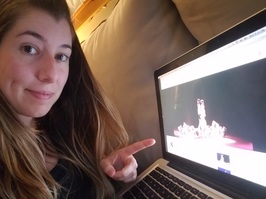 Don't mind me. I'll just be here for 5 hours. Don't mind me. I'll just be here for 5 hours. I spend a lot of time on youtube watching bellydance videos. A lot. (See: figure right) And I know I’m not alone. I can feel you nodding along in solidarity from here. (Thanks!) I am a dedicated student of my lovely teacher, Sahina. She was my first teacher, and as such holds a special place in my heart. It was in her class that I was introduced to and steadily fell head over heels in love with the beautiful music, movement, and community of bellydance. Sahina is primarily a Turkish and Vintage Oriental dancer, and brings her knowledge of the dance, history, and culture into every lesson. She is known for her graceful movements, perfectly pairing with her style of dance: light, raised, floating, elegant. These are things I am naturally not. They are not words that anyone would use to describe me.  Thanks to the bellywife for catching a special moment. It is truly amazing to see a photo of yourself that shows how others see you, even if you don't see yourself that way. Thanks to the bellywife for catching a special moment. It is truly amazing to see a photo of yourself that shows how others see you, even if you don't see yourself that way. Sassy. Yes. Elegant. Not so much. But that’s okay -- we all grow and expand our skillset as we learn and explore new ways of movement.. And in the meantime, I hold onto those small moments when I catch a glimpse of myself in the mirror with beautiful sweeping arm movements when I am in the zone with the music and movement and think to myself: Damn. Where did that graceful minx come from? When we get swept up in our love-obsession with bellydance, we find ourselves spending countless hours getting lost in what we endearingly call “the rabbit hole” or “the bellydance vortex”. We find dancers from all over the country, the world -- from different eras, styles, and cultures. (Below you will find a scientific photograph of your brain while you are in the rabbit hole.) And that is how I found the world of fusion bellydance, and the amazing talents of Kami Liddle, Rachel Brice, Ashley Lopez, Heather Powers, Serena Spears, Mira Betz, Zoe Jakes, Deb Rubin, April Rose…. if you pulled up my youtube history the list would be endless (and you’re welcome for how long you now will spend in the rabbit hole because of these links... #sorrynotsorry). I have traveled far and wide to be able to learn from these amazing dancers, find my voice as a fusion artist, and connect with my body and movements in new and exciting ways.  Sometimes I fan-girl a bit. That's cool, right? Sometimes I fan-girl a bit. That's cool, right? I have fallen deeply in love with an expansive definition of bellydance that incorporates your own voice and meaning and spirit. Fusion dancers get to push boundaries, integrate various styles, and try (and sometimes fail- which can in itself be just as important) to create something new in our dance world. I love the world of fusion. But I will never stop learning and loving traditional dance. And I think that you shouldn’t either. The history, the culture, the stylistic differences between geographic areas over centuries. This is what I have learned to celebrate, respect, and honor with my dance. The foundational movements, knowledge of culturally appropriate (or not) aspects, and the rich community of people. This is what I build upon to establish my own stylistic voice. Because by maintaining a strong foundation of traditional bellydance, you will have the knowledge, skills, and vocabulary that will ground your dance as you push the limits. And that is why I ensure that I never stray too far from the traditional world. I take workshops, stay connected to my traditional teachers, and remain informed of the histories and cultures of different styles. Because it’s important to me that I keep in touch with the foundation of belly dance, both my own and of those who came before me.
If you are doing a studio shoot find out in advance what backdrops are available. You want to pick a backdrop that will accentuate your costume choice and avoid a backdrop that your costume will blend into. For example, if you are wearing a black costume you will probably want to avoid a black backdrop.
What props do you use most in your dancing? If you are getting photos as a professional dancer I recommend only posing with props you use regularly and are proficient with so they accurately reflect your dancing for clients who may be booking you. If you are a student getting photos for fun use any props you are having fun learning even if you aren't completely proficient with them yet.
Practice your poses and facial expressions
Find the angles and poses that work for you and practice them in the mirror. It is often quite difficult to come up with poses so you will probably want to find a little inspiration. Here are some ideas: -Look at other dancer's photos, check your favorite dancer's websites to see what kinds of poses look interesting to you. I have created several pinterest boards for photoshoot inspirations which include solo, duet, and group pose ideas.
- Nadira Jamal has some great tips that she uses for finding ending poses for improvised dance and her advice is also very applicable to photoshoots- she suggests looking at record and cd covers.
- Princess Farhana has aDVD which great resource for this as well.
Practice hair and makeup
You are spending a lot of time and money on your photos and you want to look your best so be sure to practice your look for the shoot just as you would practice your dancing for a show. If you are comfortable with hair and makeup you can definitely do this yourself. I was never particularly comfortable with either of these things so I usually hire a stylist to do my hair and makeup. Remember, makeup is critical in photoshoots. The bright lights will wash you out if you forgo it. Wear heavier makeup than you would daily and make sure you contour and highlight to really bring out your features under the lights. If you are doing a costume change be sure to wear makeup that goes with both looks so you can use your time on site more effectively.
Costume Preparation
A few days before the shoot try on the costume(s) that you intend to wear and check to make sure they fit well and are in good shape. This will give you time to do any repairs that are needed. Make sure your hooks are secure and don't need to be moved. Check for loose threads or beading and fix or trim anything needed. Get your jewelry, accessories, and props together. Don't forget to iron your veils! Nothing can ruin a great photo quicker than a wrinkly veil. If possible do a few test shots with a friend to see if you like the way the poses and costume work together.
The next post in the series will give tips for the day of, a sample packing list, and a general photoshoot resources list. In the meantime if you have questions, comments, or any photos to share I would love to hear from you!
You have picked a photographer, now you need to choose a place to shoot. Where you shoot may depend on the photographer you chose, their preferences, and what’s available in their schedule. Some photographers work either exclusively in their home studio and some only on location, but many are flexible and can work in both.
Studio Photography Studios are traditional spaces often owned or rented by the photographer. They usually have a range of professional backdrops and lighting setups to choose from. In a studio, your photographer can play around with lots of different lighting and effects, change up backdrops, or get silhouette shots. You may need to coordinate studio rental if you are choosing studio shots and your photographer doesn’t own or regularly shoot in a specific studio. Pros:
On-Location Photography On-location is anywhere that is not in a photography studio. It is further differentiated into outdoor and indoor locations. There are a wide range of places that fall under this category. Your lighting options would be more limited but a pro photographer would have mobile lighting setups so this can really open up your options for the background of your photos. Pros:
Time to Book!
After discussing your options with your photographer and picking the location that works best for both of you and your vision for your photos now you can have everything booked. There are so many wonderful options for photoshoot locations and whether you shoot in studio or on-location you will have beautiful new photos. Now it is time to plan your look! The next post in the series will focus on that and is coming soon! What are some of your favorite studio and on-location photos of yourself? What ideas do you have for on-location places?
Whatever reason they come to dance, and stay with dance, it is so wonderful to see the growth and improvement in each of my students. Dance teachers exist to pass on our knowledge and help guide our students as they discover where dance fits in to their lives. While one student may enjoy dance as a weekly hobby to connect with friends, another student may feel the desire to make dance a profession. I really enjoy being a teacher and a mentor for both ends of this spectrum, and for everyone that falls in between. Over the years, many students have asked me about how I became a professional dancer. Many times, someone asks because they are entertaining the idea of going pro and want to know what steps to take to get there. Dedicating that much of your life to dance is such a wonderful thing. And the process of getting to that point is really important. So, I wanted to share what I know, as well as some general guidelines and rules to follow if you are entertaining the idea of becoming a professional dancer. I want to be clear, so let me say this right now: There is absolutely no need to go pro. It is completely legitimate to maintain dance as your hobby, or your creative outlet, or your “me-time” activity. In order for someone to become a professional dancer, it takes a lot of years, practice, dedication, and mentorship. Professional dancers usually have been actively studying dance for 5-10 years. Most often, the general dance community and your mentor will let you know when you are ready to transition from student to professional. Therefore, it is important that you are active as a student and attendee at events, to not only be consistently learning, but also getting a sense of connection to the people in the dance community. Here are some other things that you should keep in mind as you start the process of becoming a professional dancer: Maintaining stellar community relations is integral. Not only does it anchor you in a group of amazing dancers who can relate to you and who will inspire you, but it also will provide you with opportunities to dance as well as show your support to other dancers. As a community, across styles, it is imperative that we support one another’s dance as much as we can. Be sure to attend events even when you are not performing and try out a variety of workshops in various topics with a range of teachers.
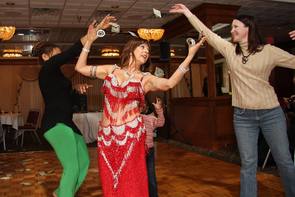 Watching my mentor, Shifah, perform. Watching my mentor, Shifah, perform. Learn from watching your mentors. If you are interested in paid gigs, ask your teacher if you can assist them and then go, watch, and take in the process. Gigging isn’t required as a professional dancer. It is also much more rare for certain styles of dance to gig, for example, fusion performers. Often gigs are at Middle Eastern restaurants or private parties, who are looking for traditional dance. This is a good time to also think about how you can be an appropriate cultural ambassador. Many of us are not from cultures where bellydance is a part of social gathering, which means that we must be as educated and informed as possible about our dance. If you are performing and gigging you will need to know how to modify your choreography, or your costuming, and your choice of music for different audiences or venues. You need to be informed about local rates. If you are hoping to seek out paid dancing gigs, charge what you are worth, and don’t undercut other dancers. Even if you are okay dancing for less than the local rate is, it means that other dancers will suffer the consequences.
Hopefully some of these tips will help you in your process of becoming a professional dancer! Stay tuned for another blog about appropriate venues to seek out along your journey as well as proper etiquette for performing. For more information on mentoring please check out Sahina's interview on Nadira Jamal's Belly Dance Geek Clubhuose. |
SahinaMy adventures in dance, music, costume design... Categories
All
Archives
January 2020
|
|
Sahina Bellydance | [email protected]
Amherst MA 01002 | Easthampton 01027 | Northampton 01060. All Content Copyright Sahina Bellydance 2010-2024. All Rights Reserved. |







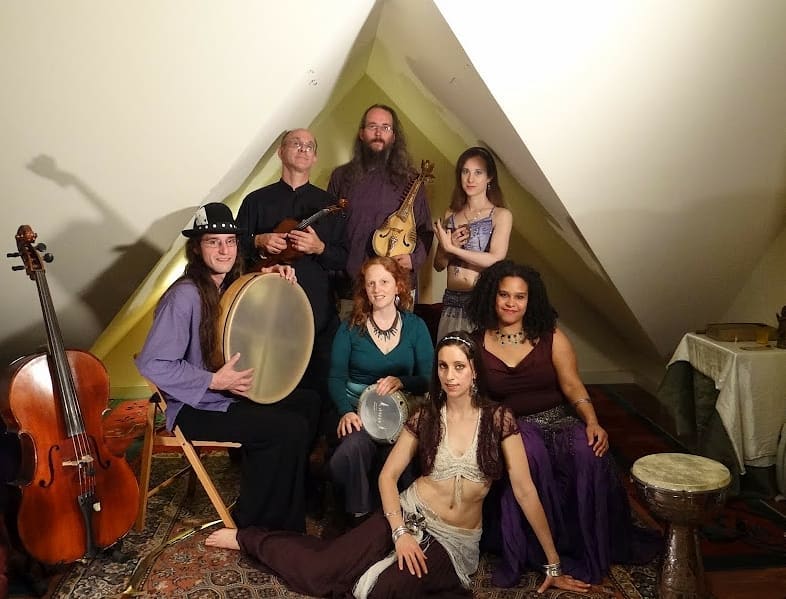
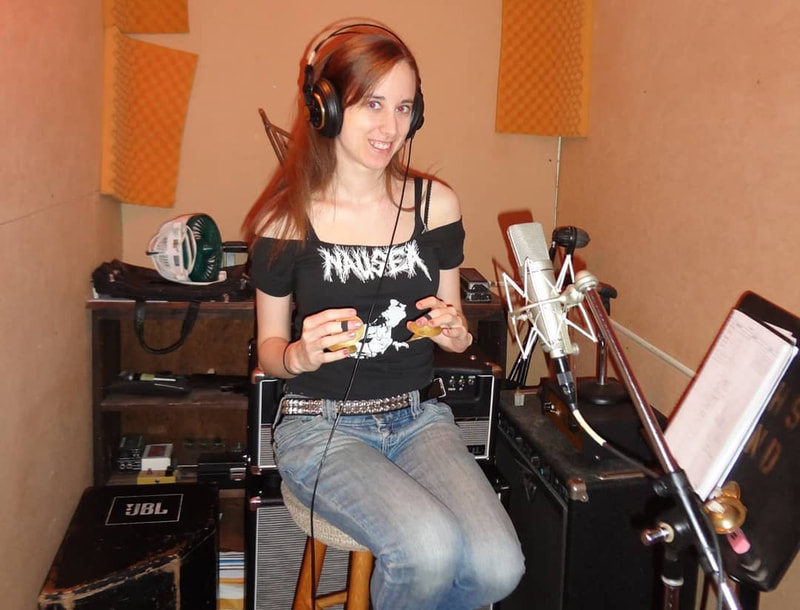

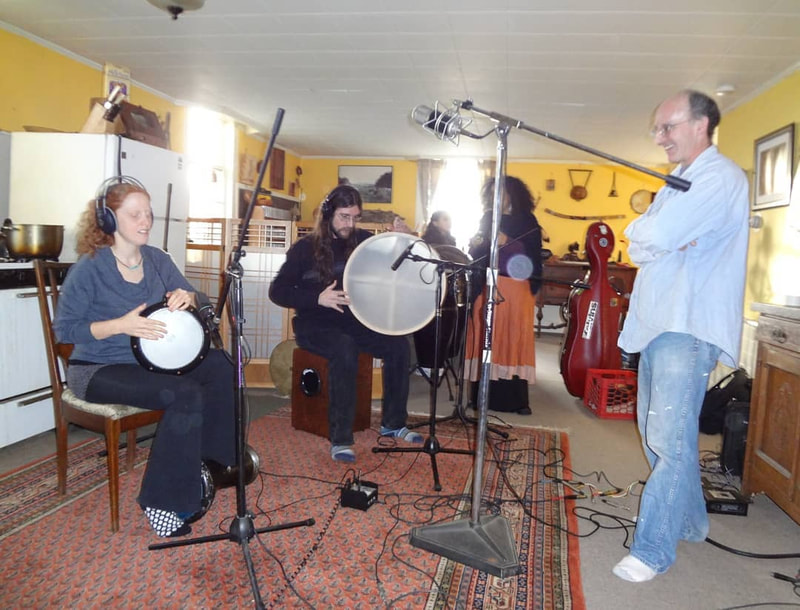











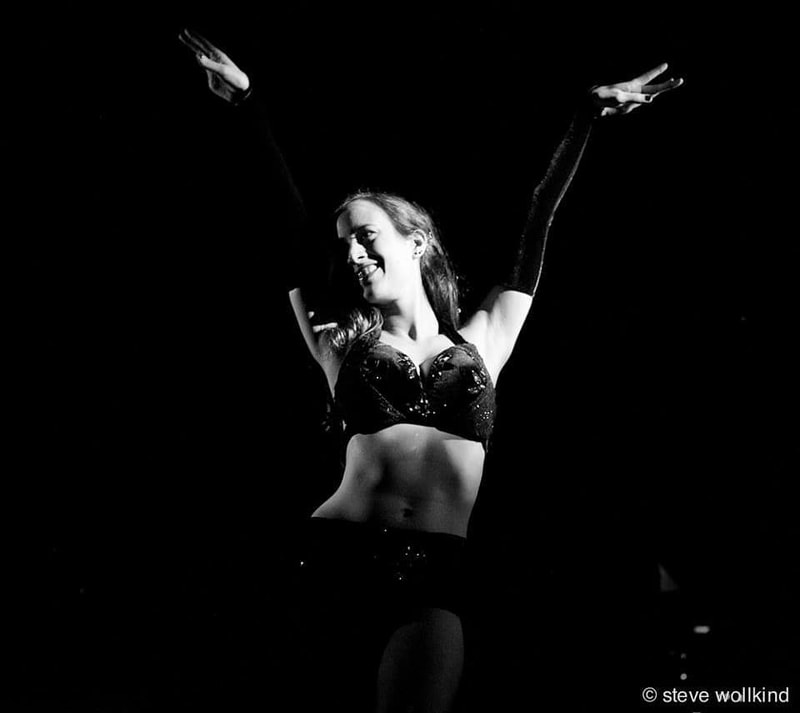
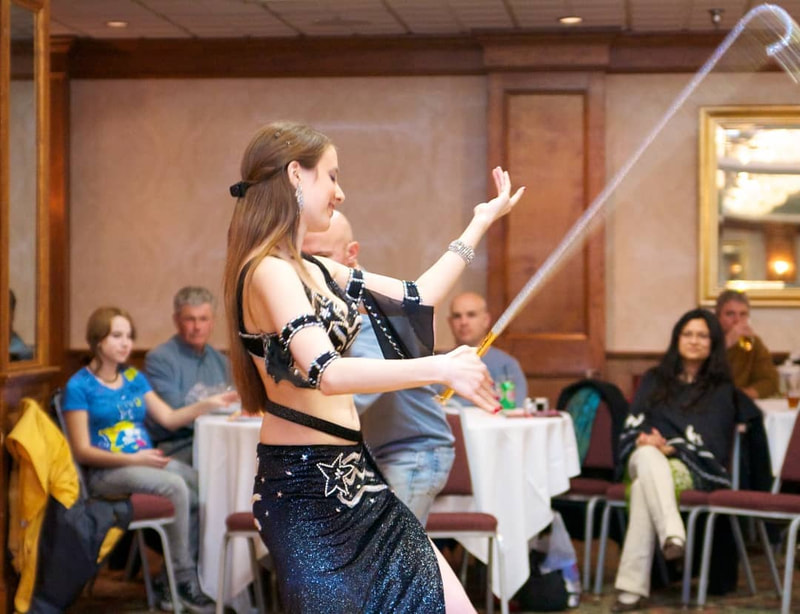
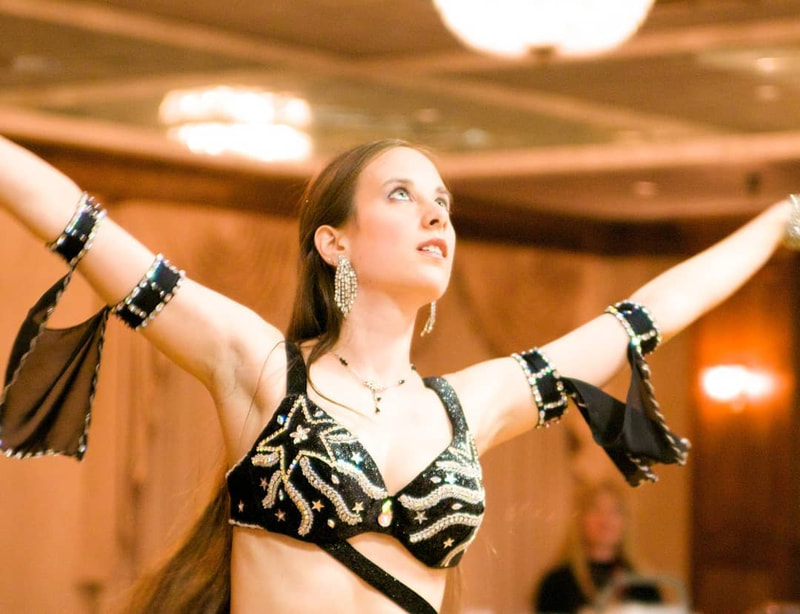

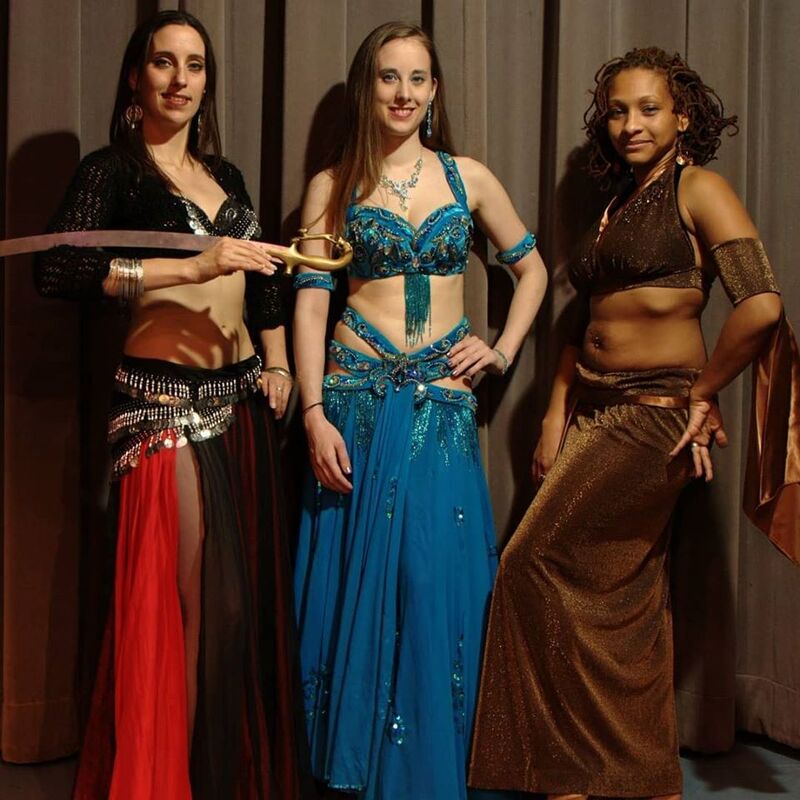
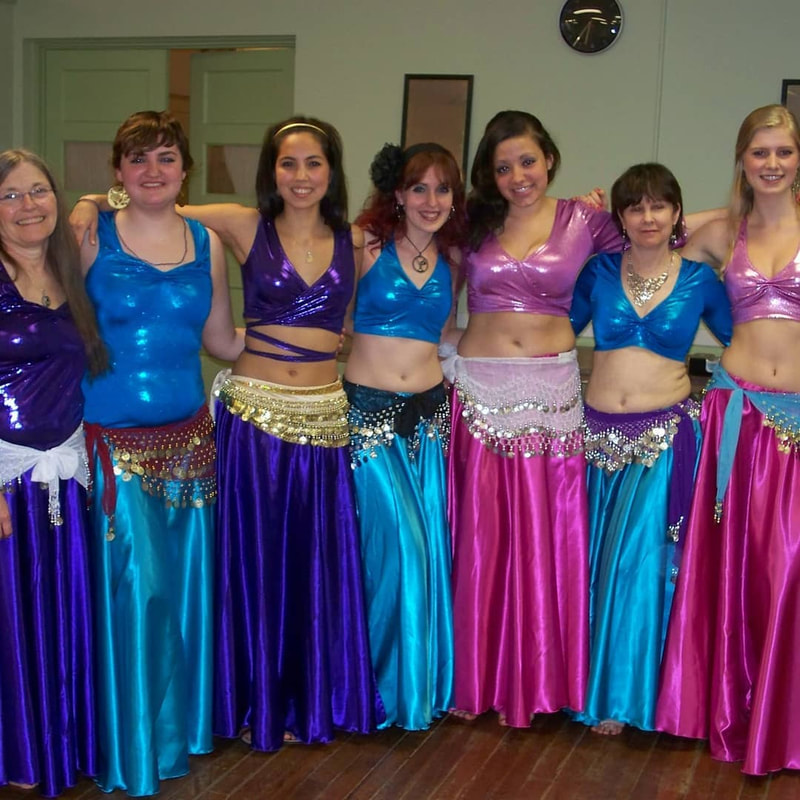


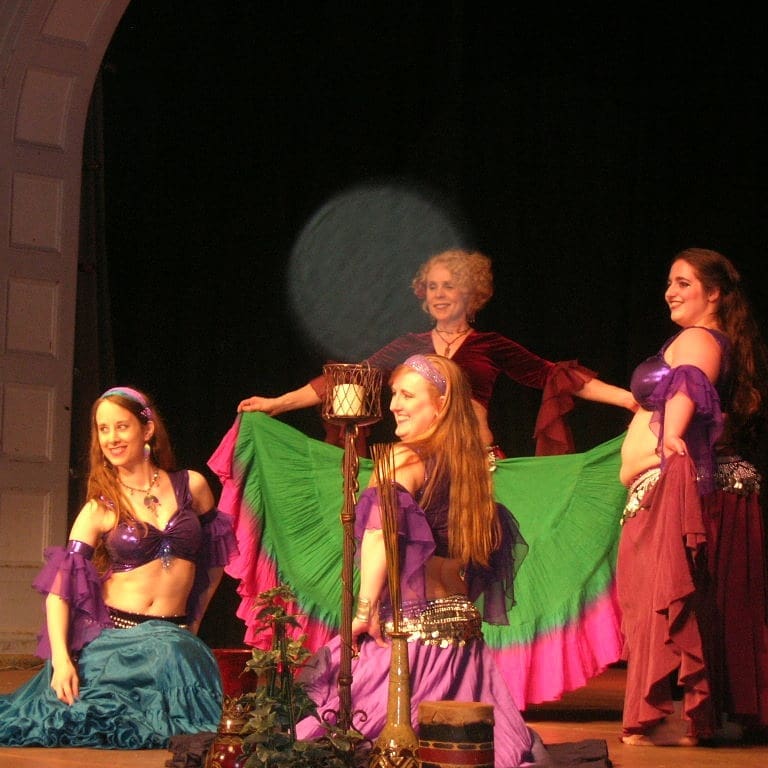
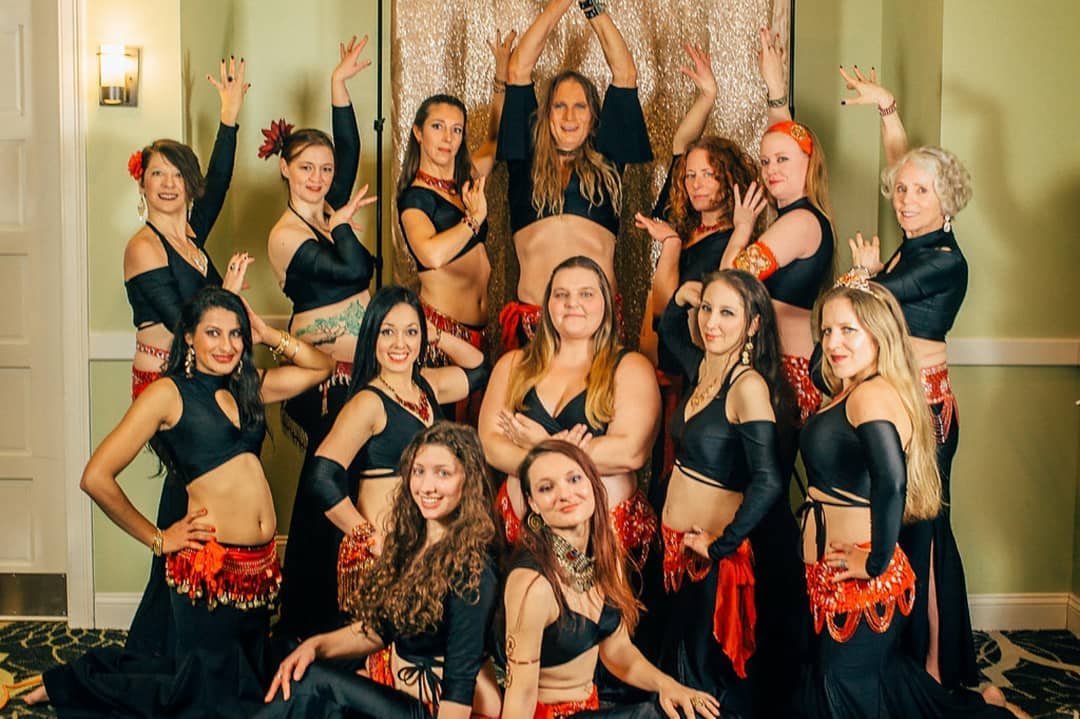
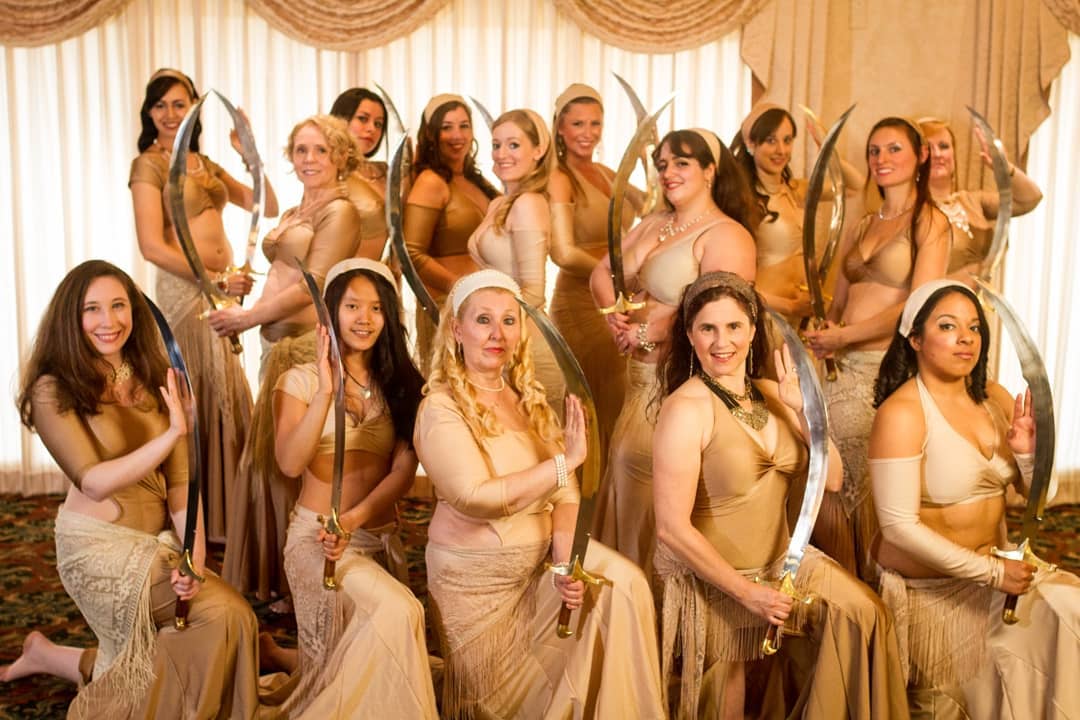


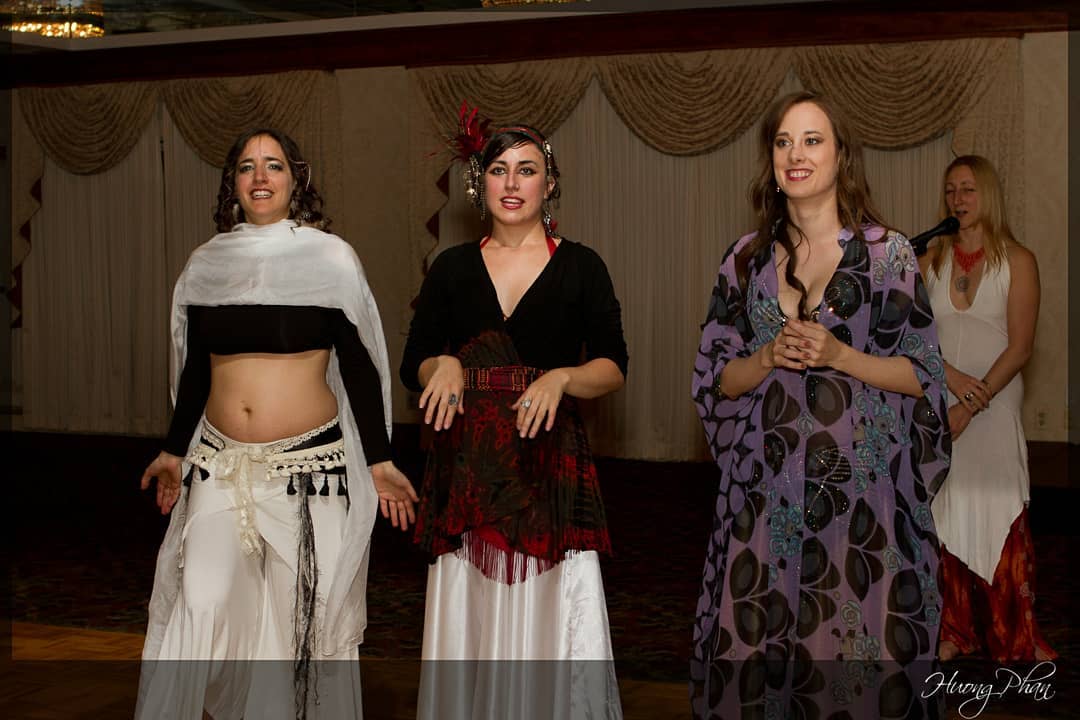

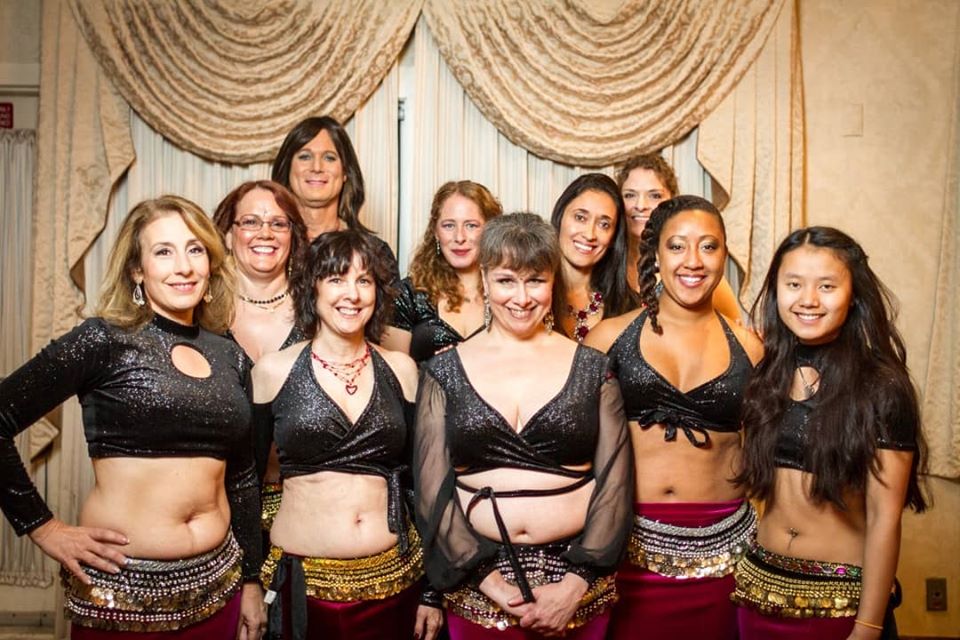








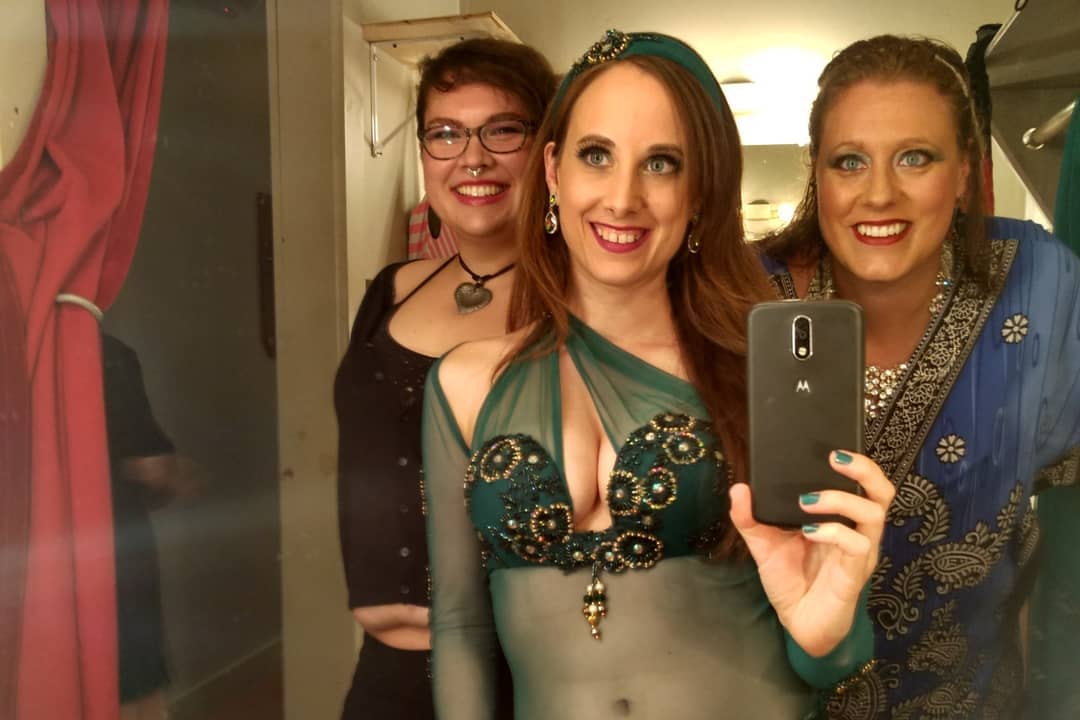
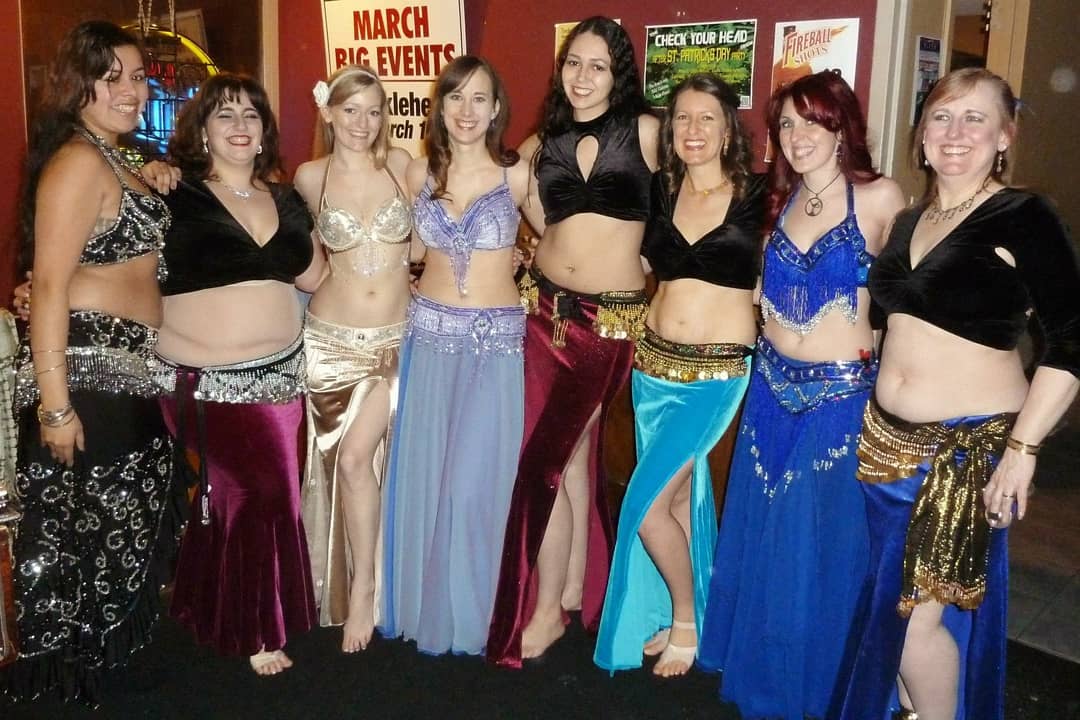
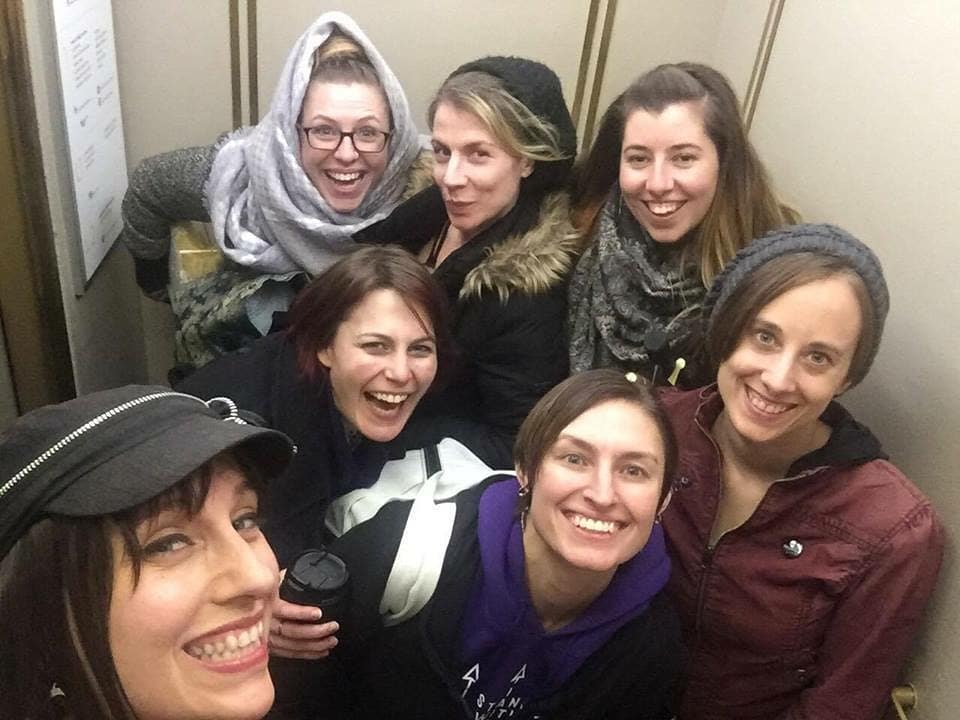
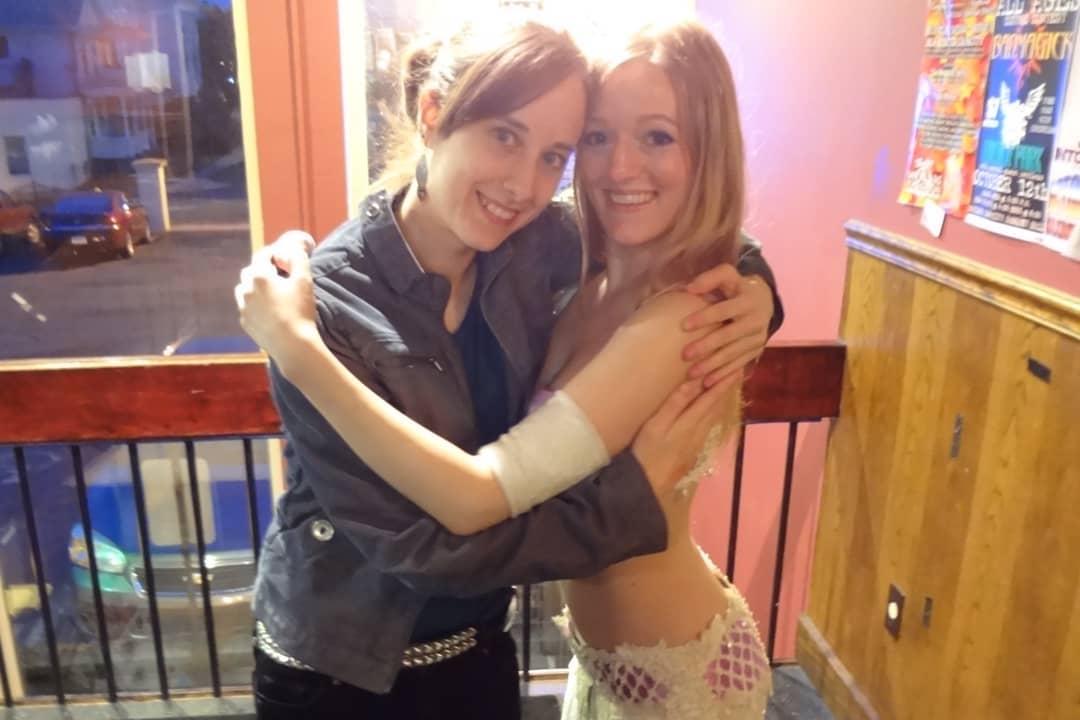

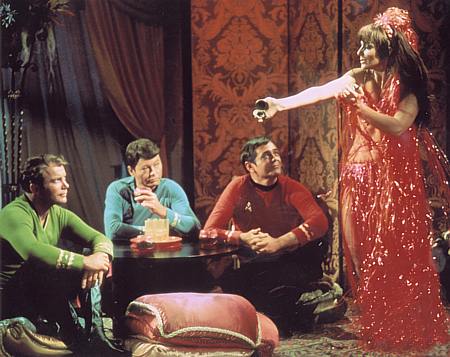
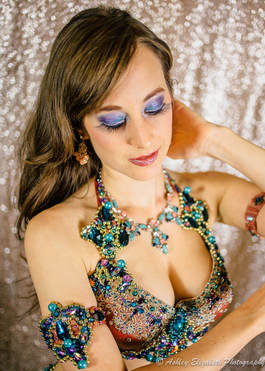




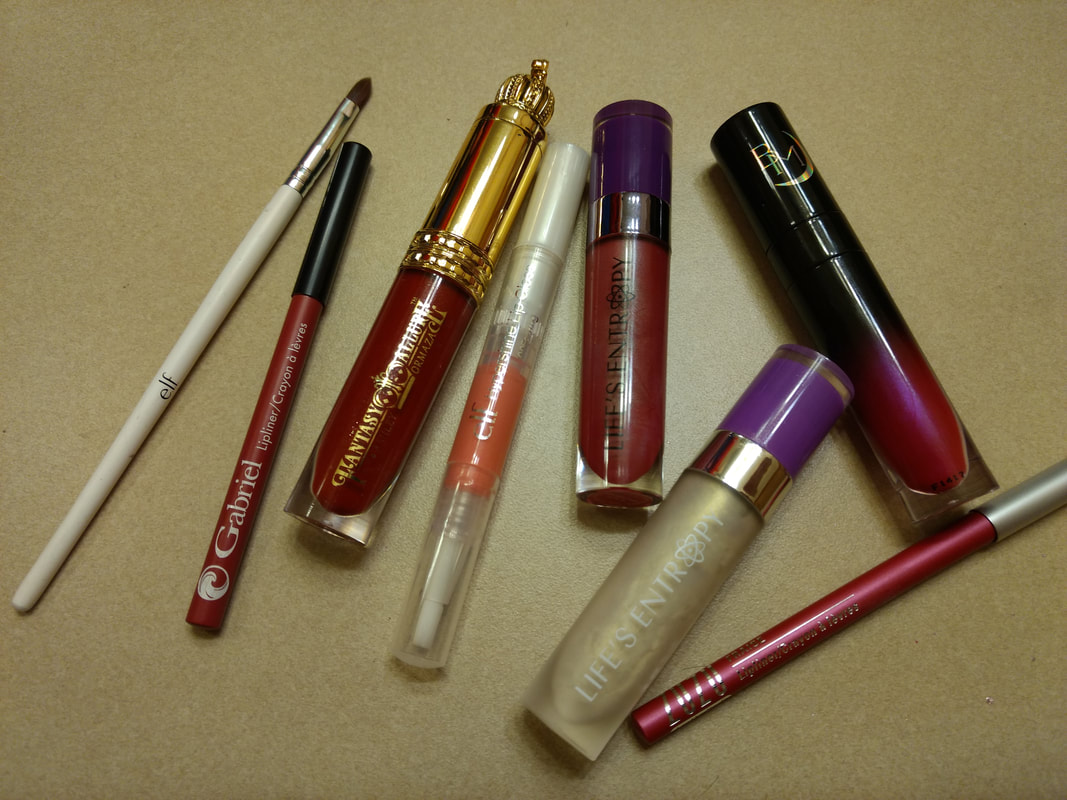


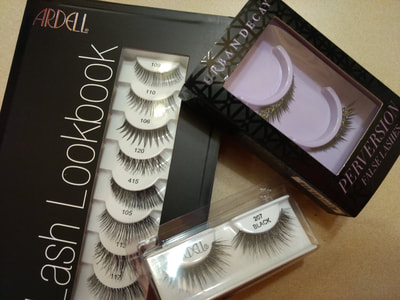
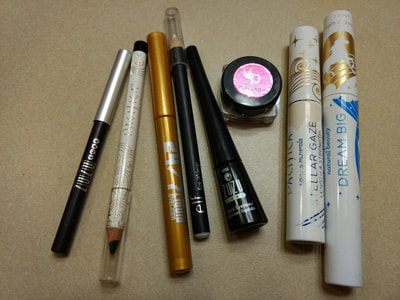
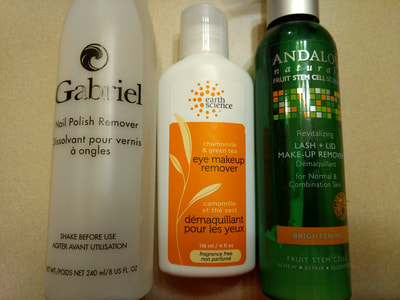


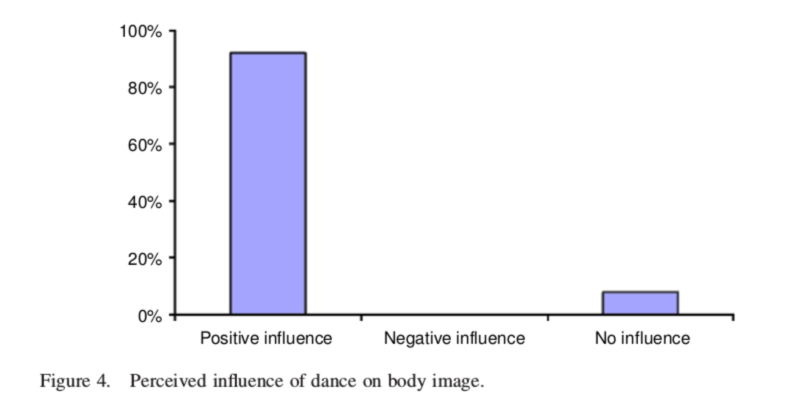
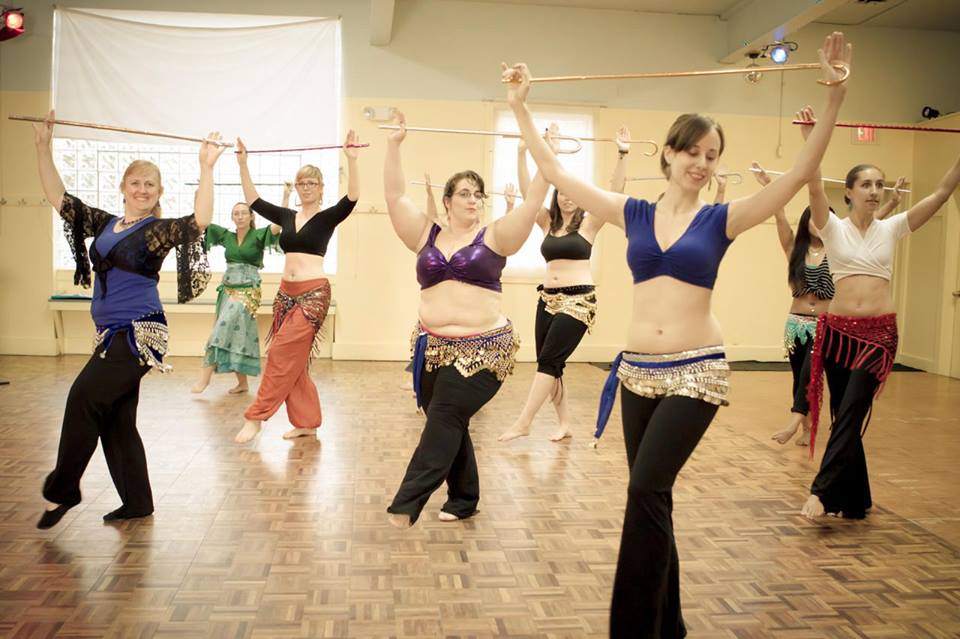
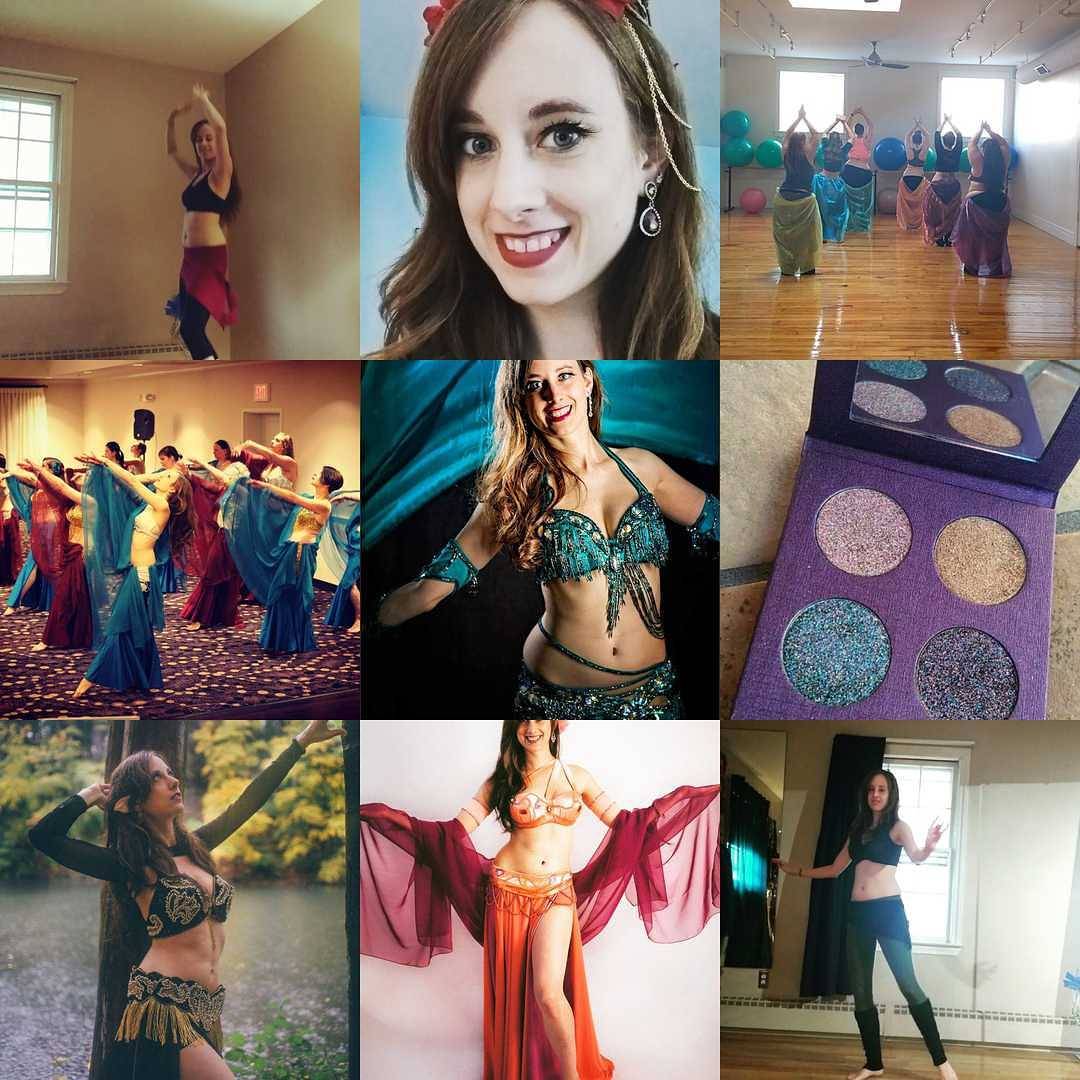
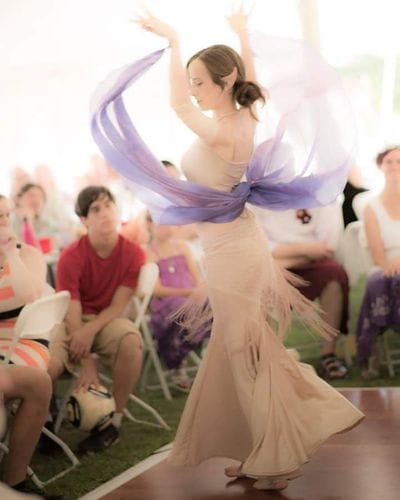





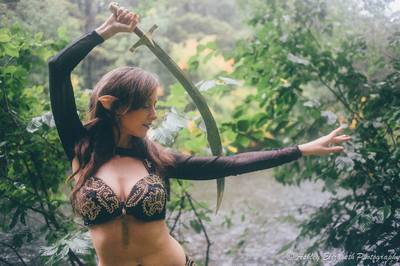
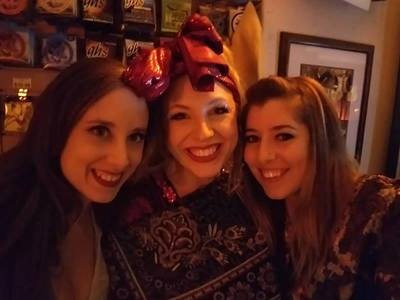

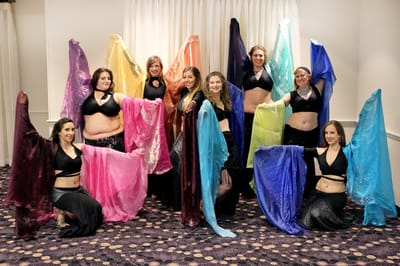

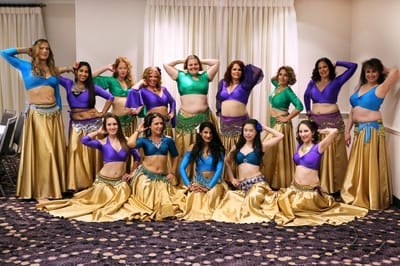

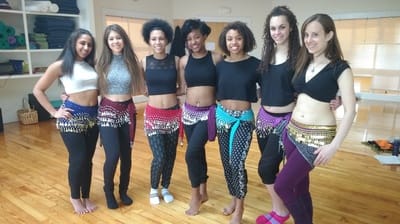
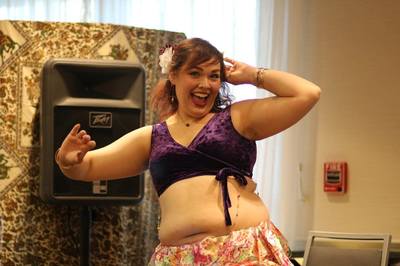

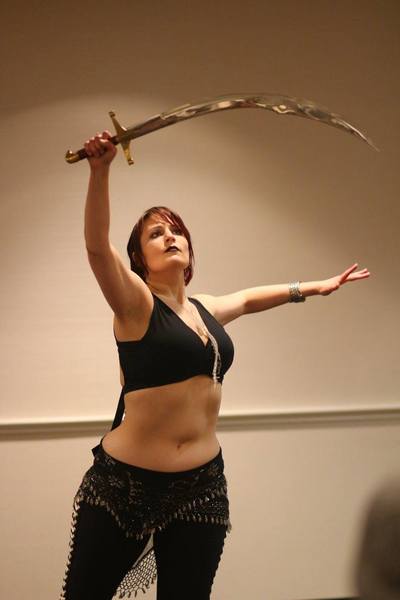


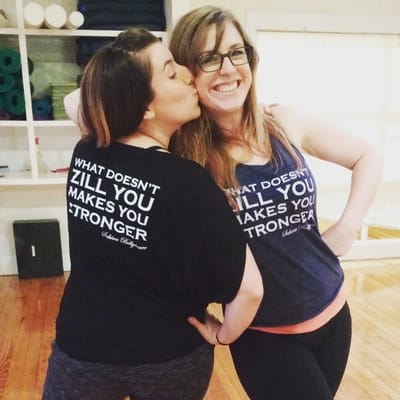


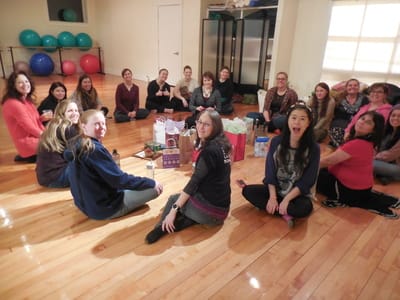
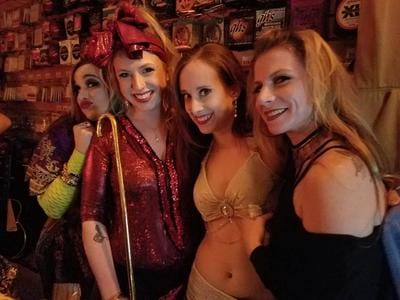

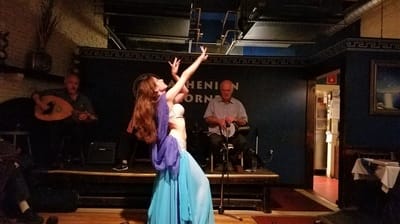
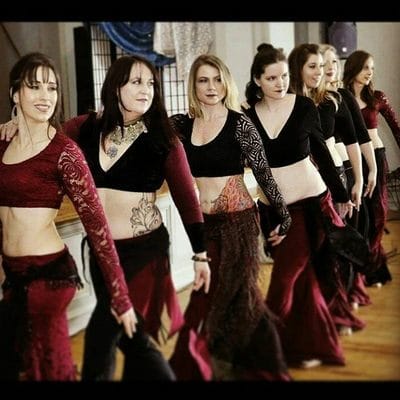


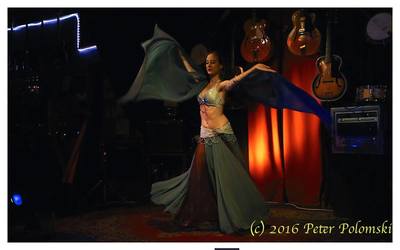
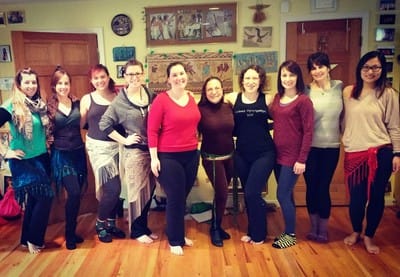
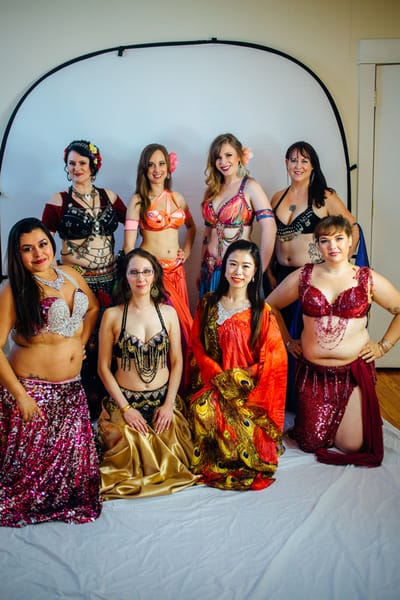

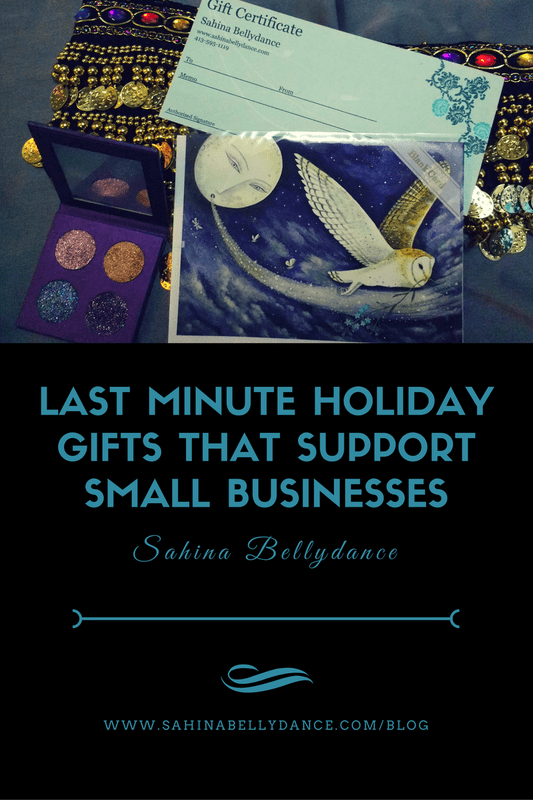
















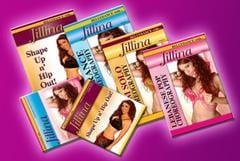



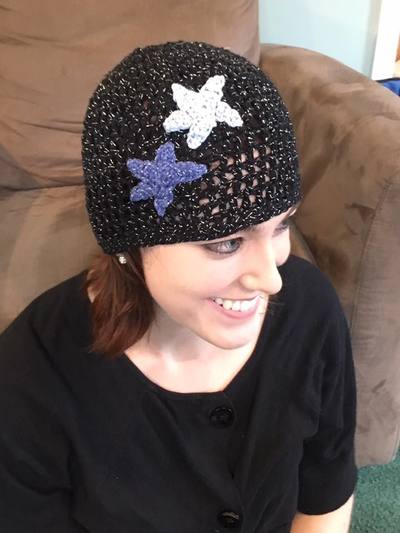

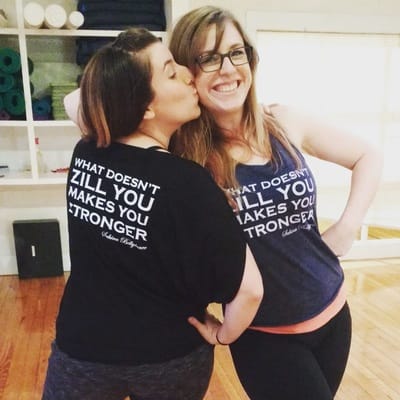


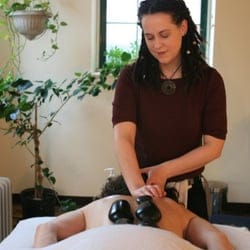






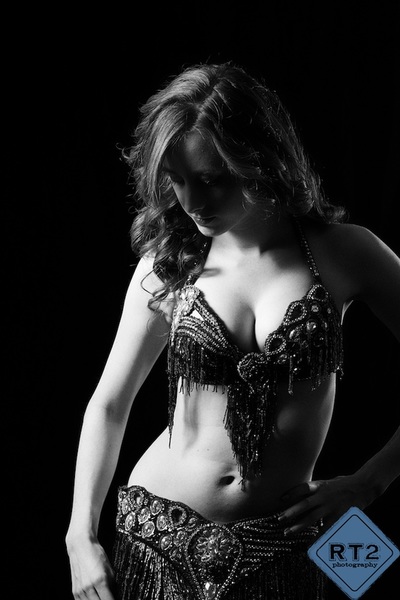
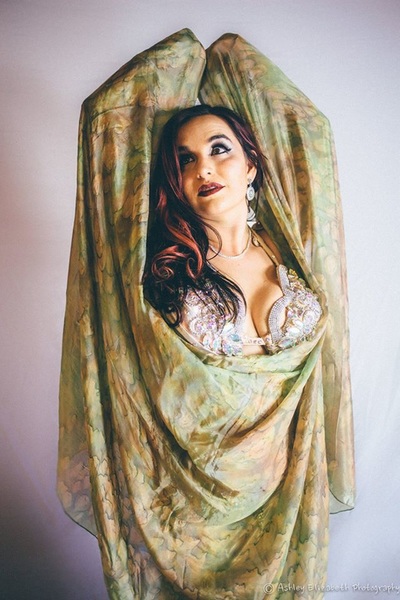
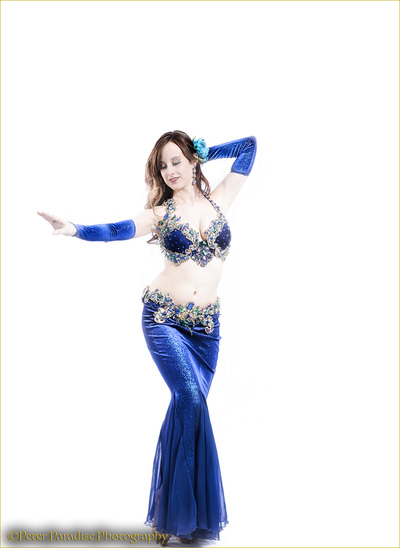






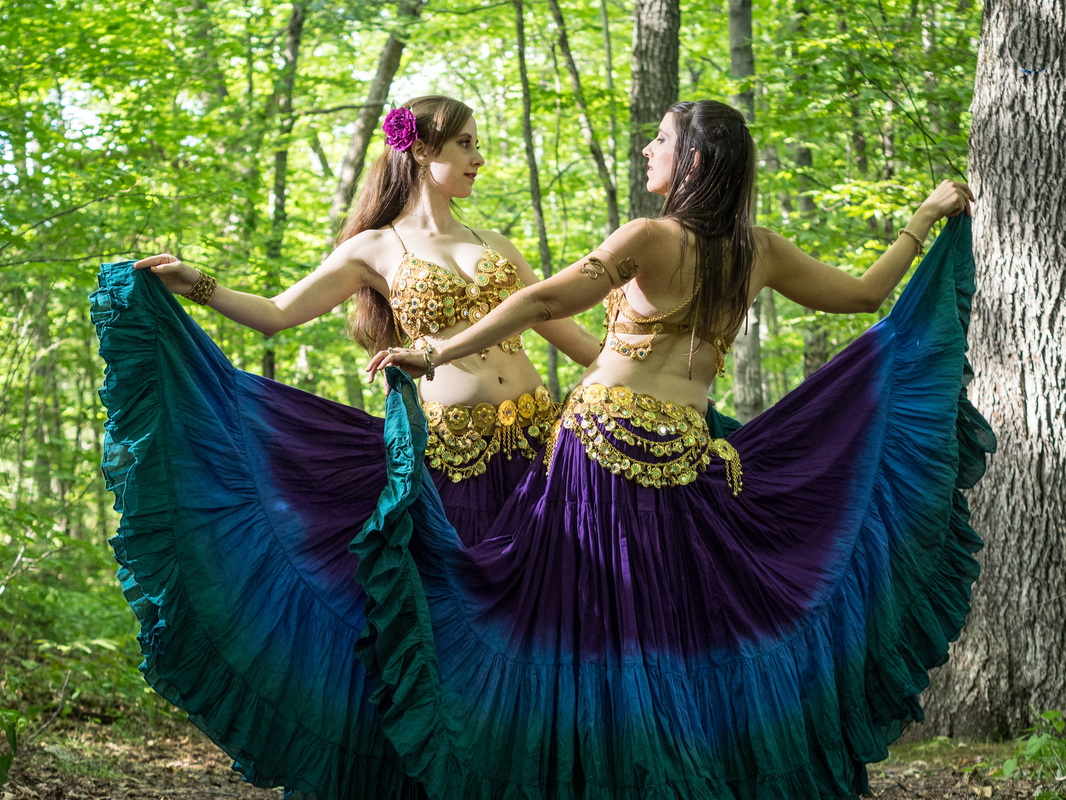
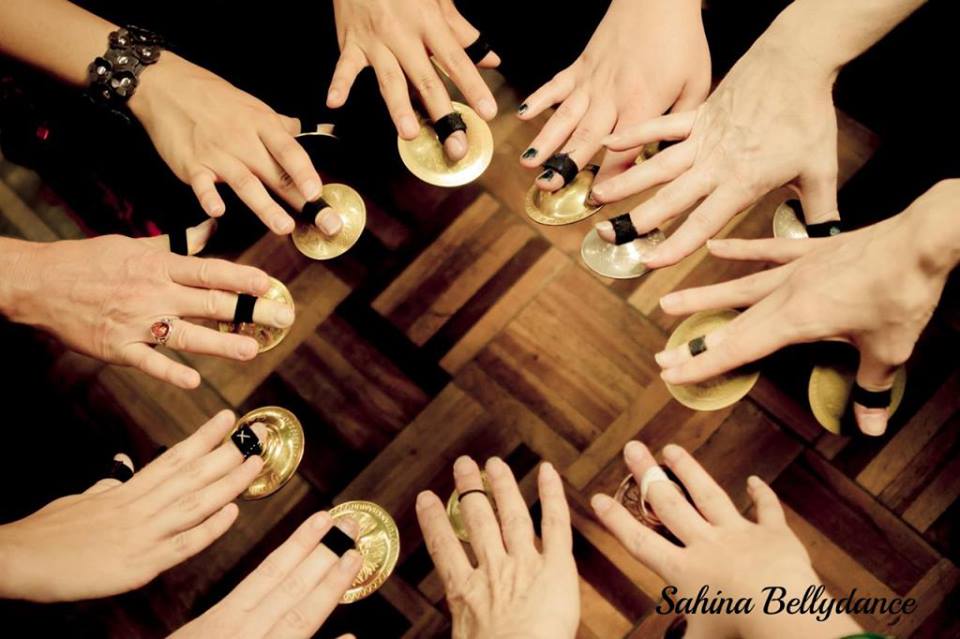
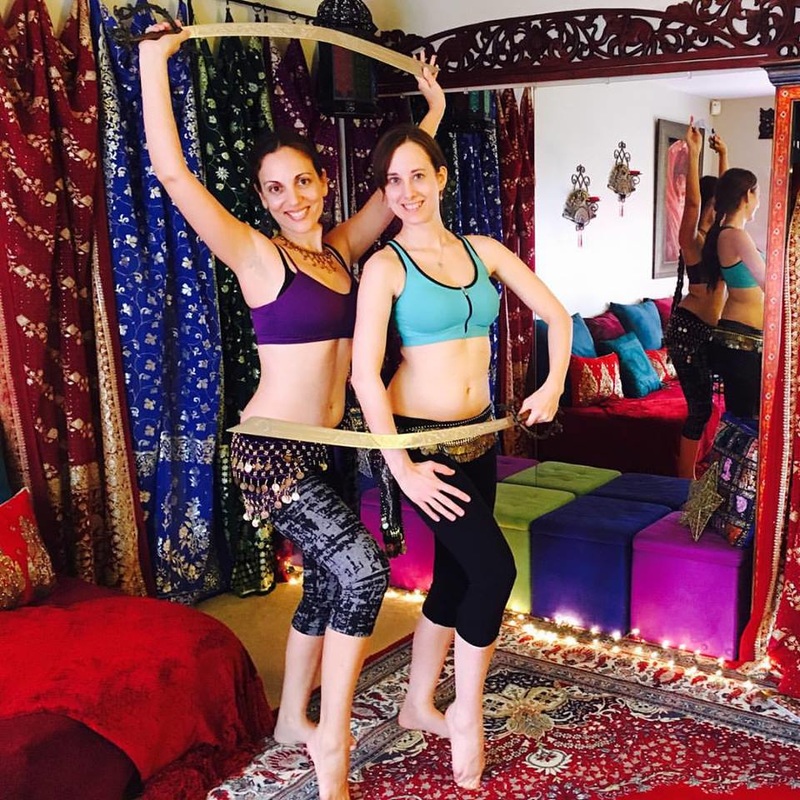
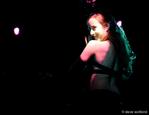
 RSS Feed
RSS Feed
